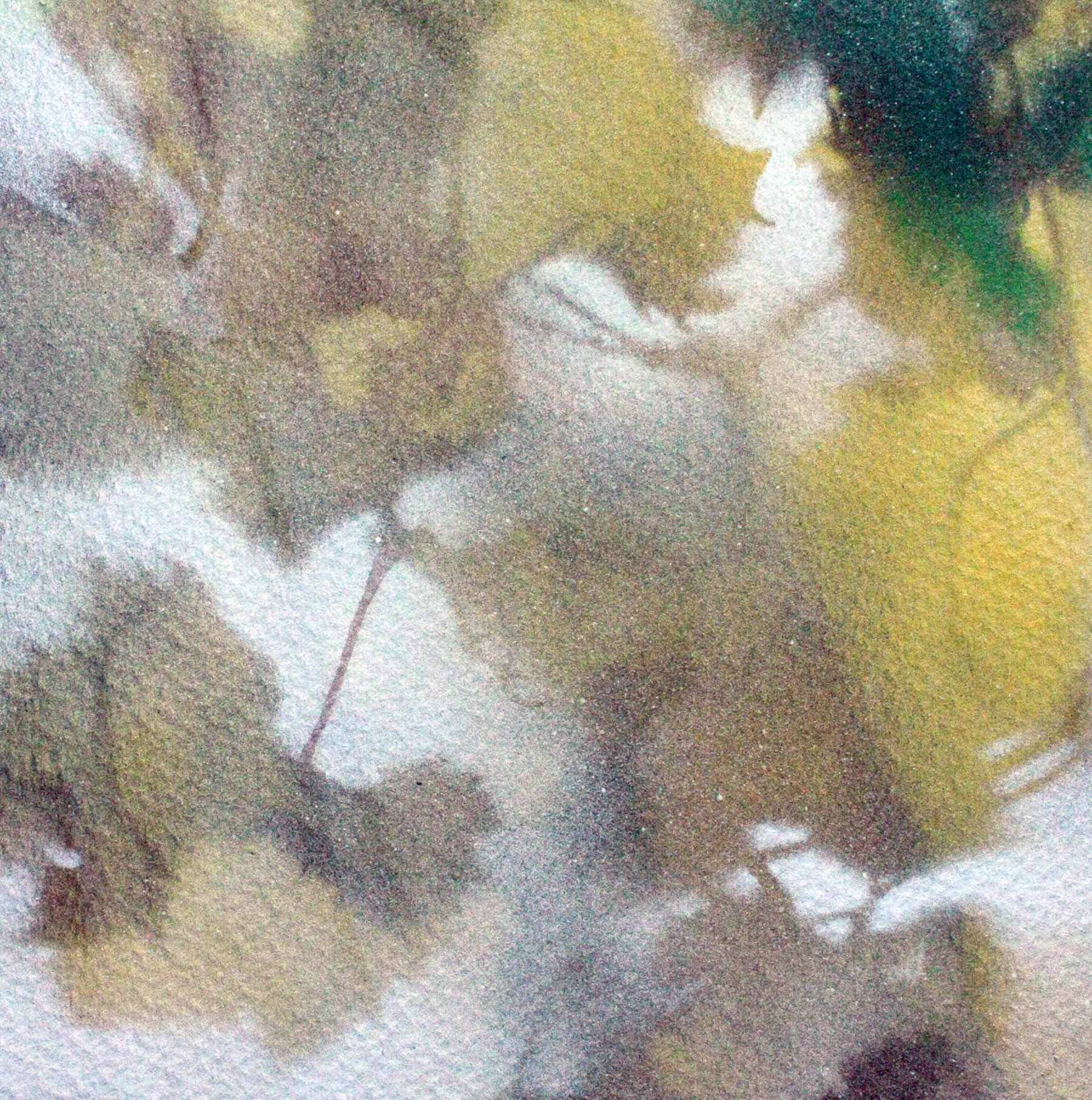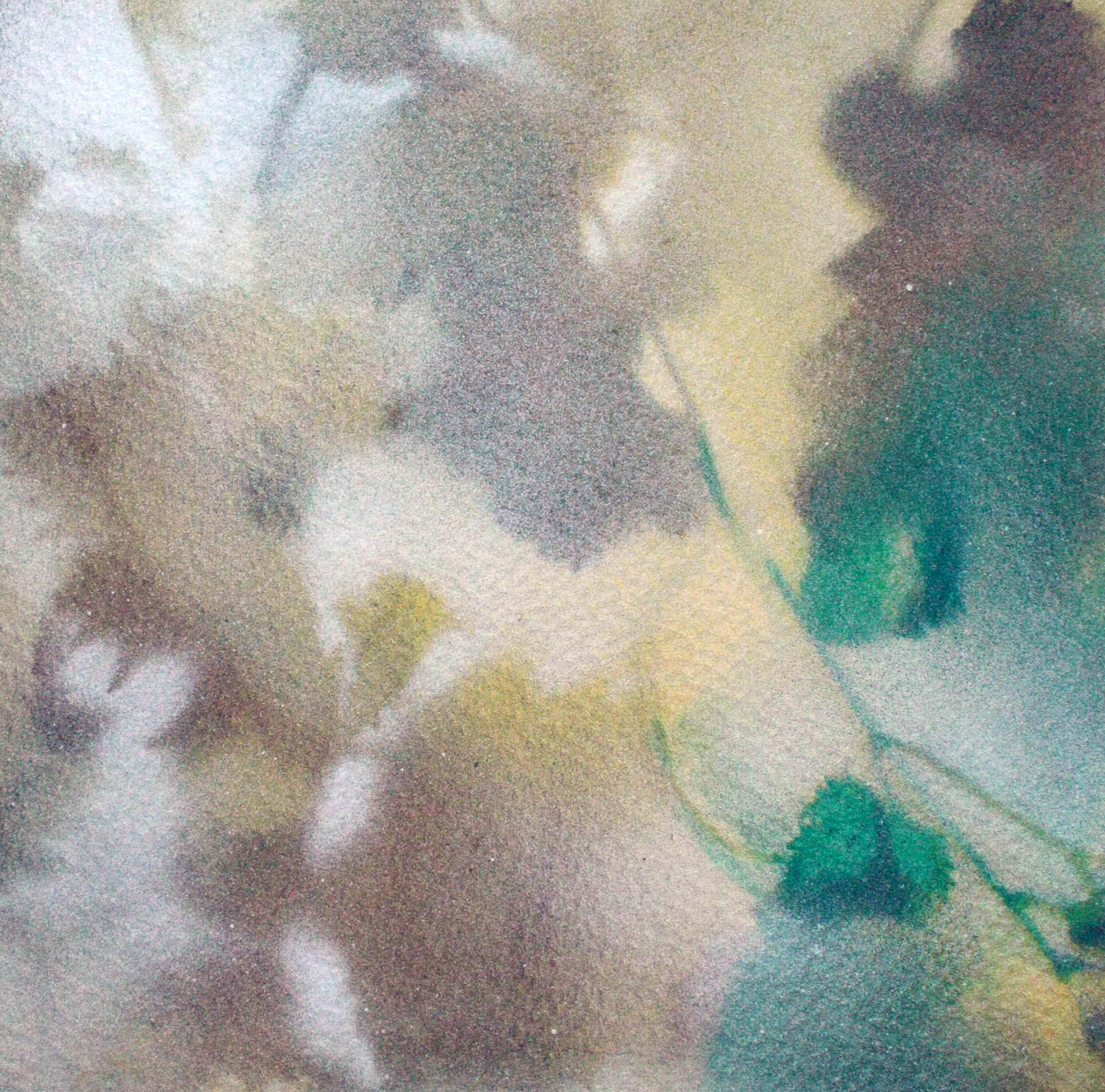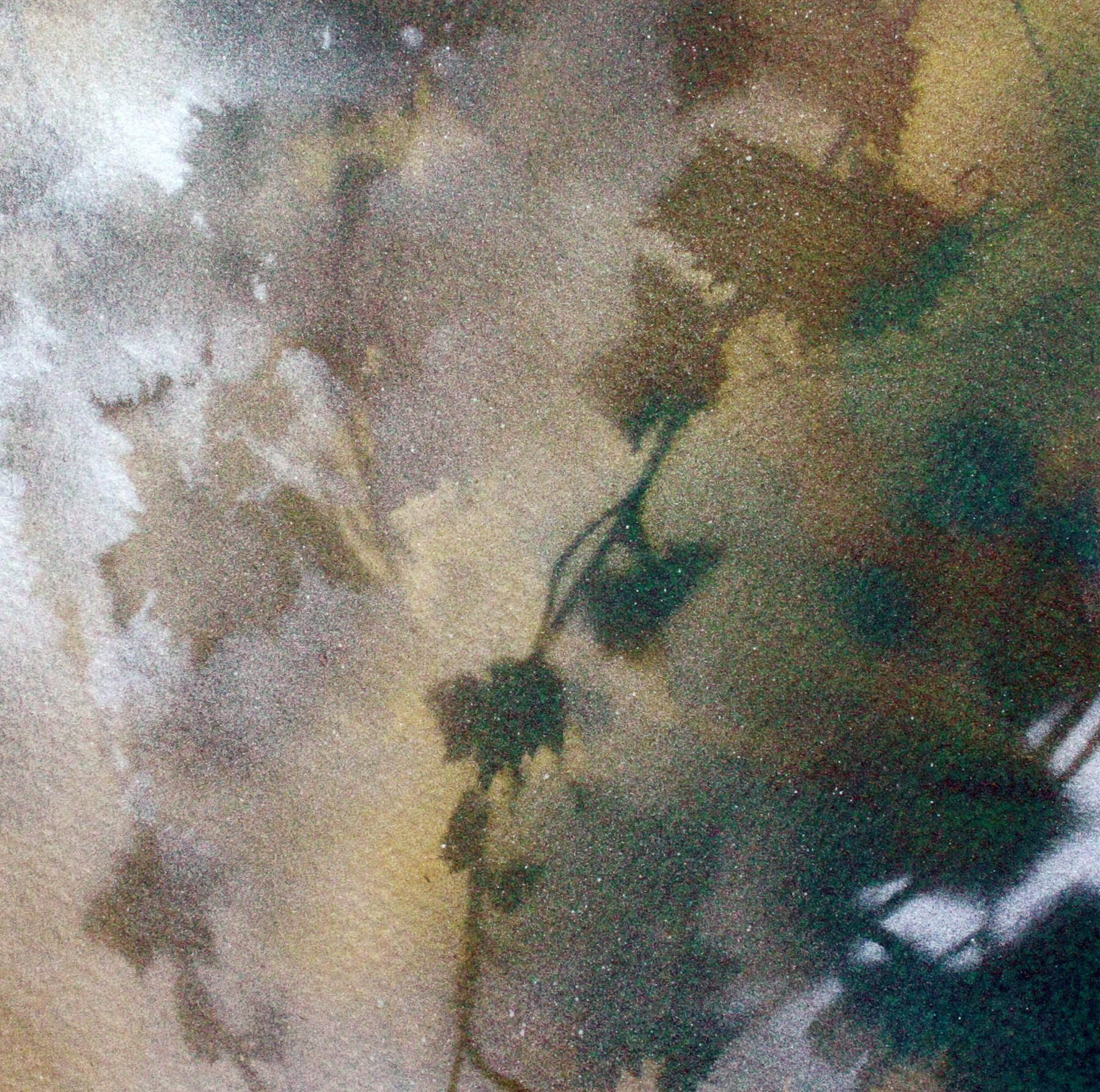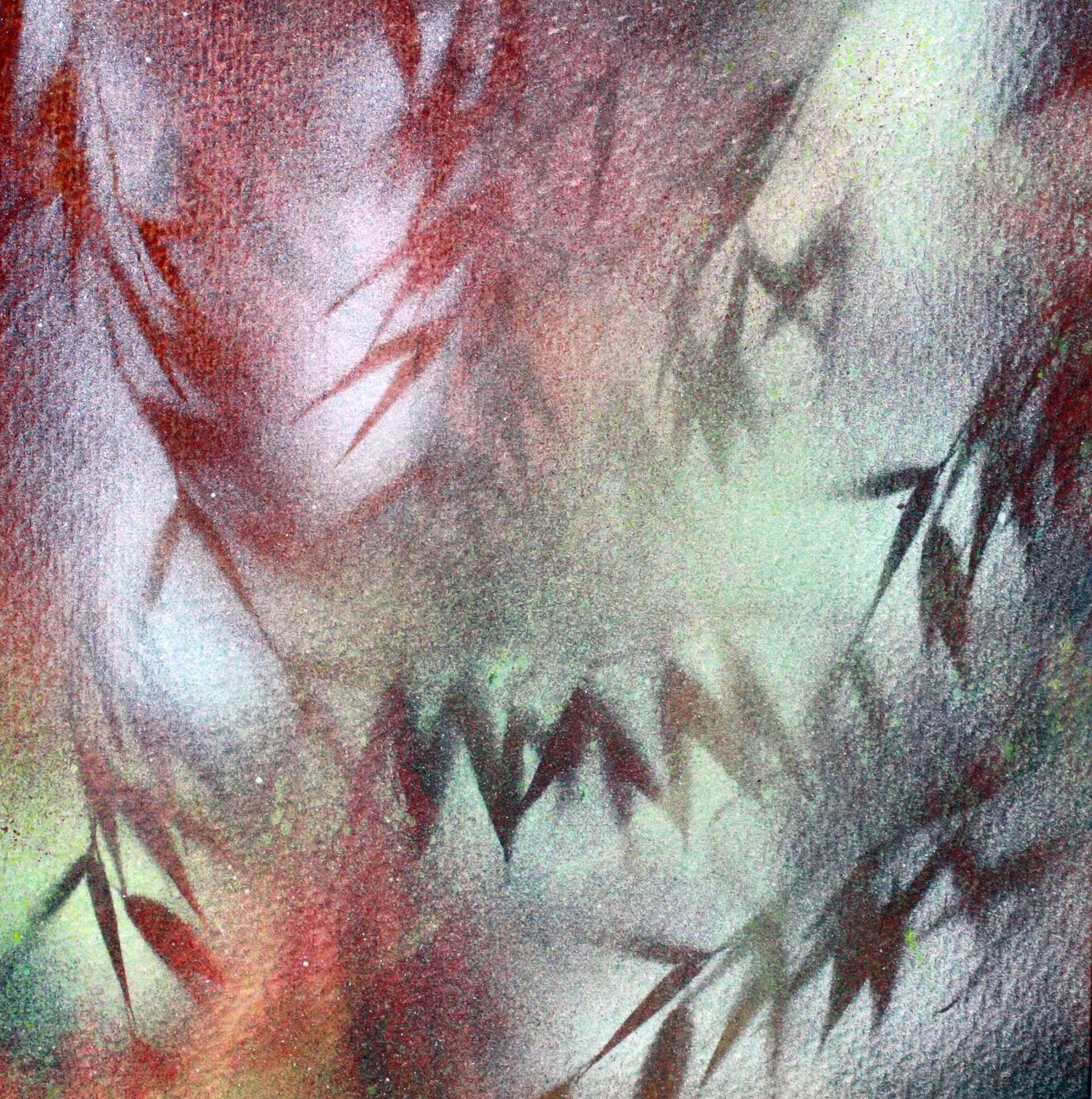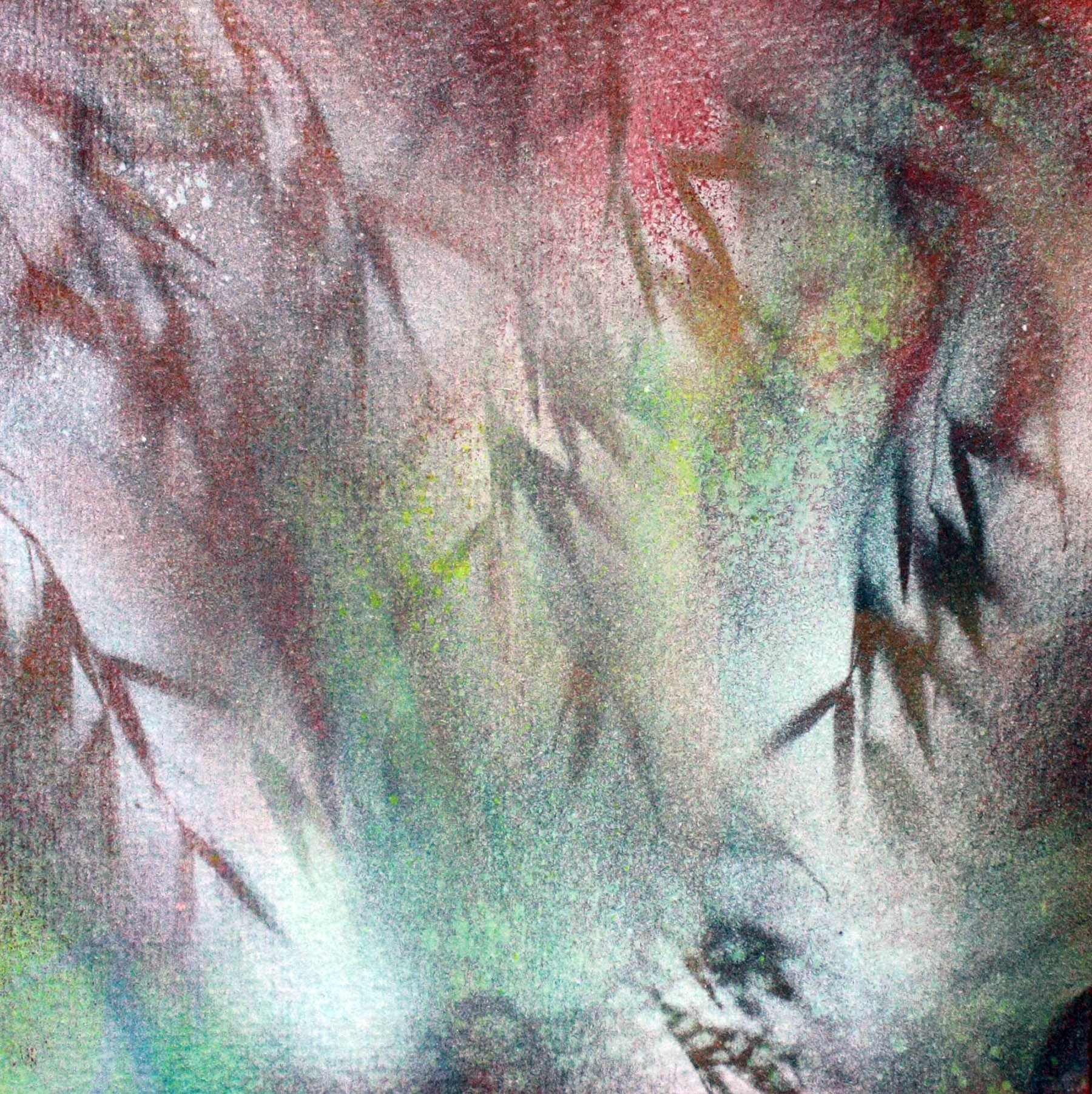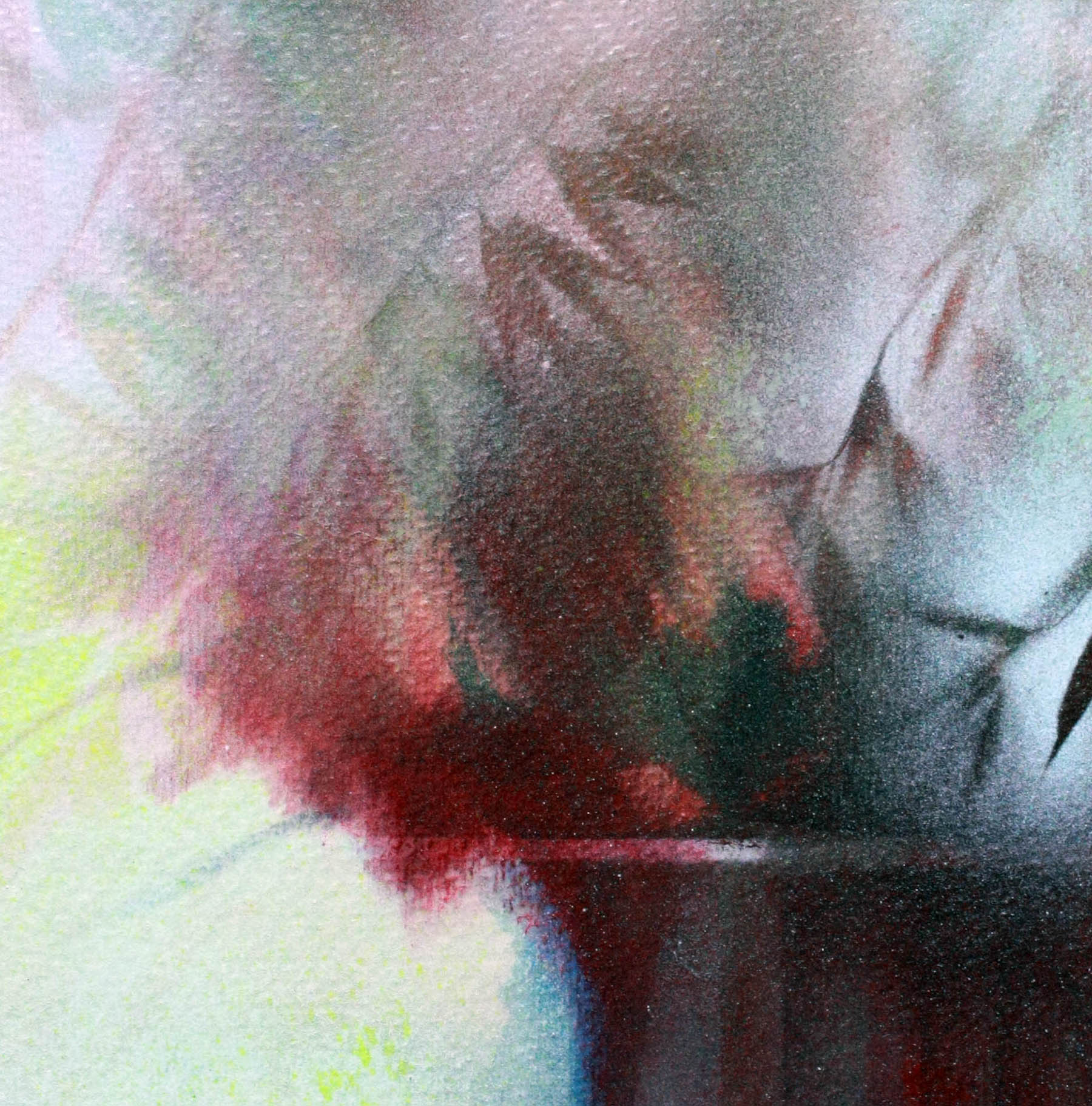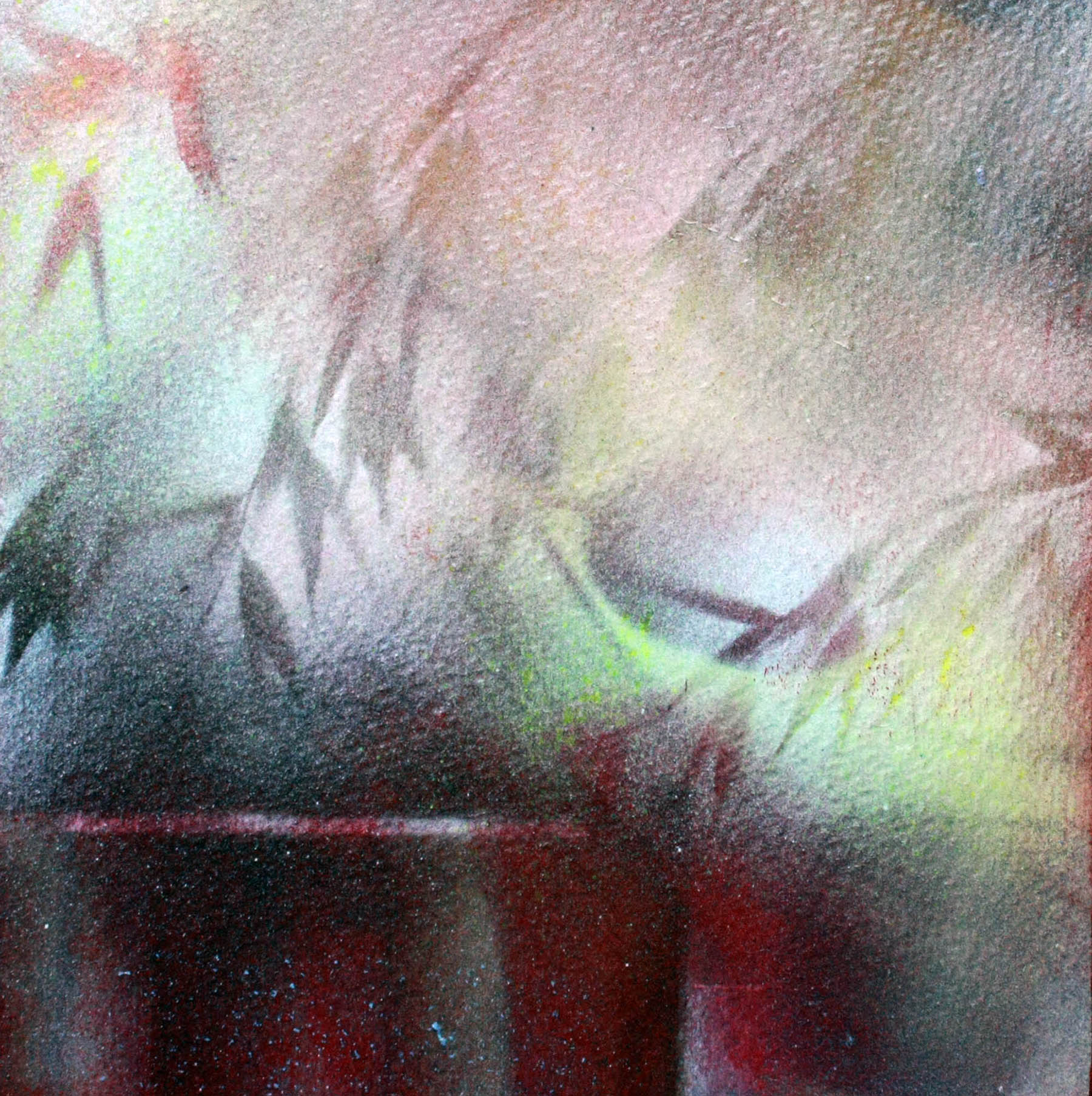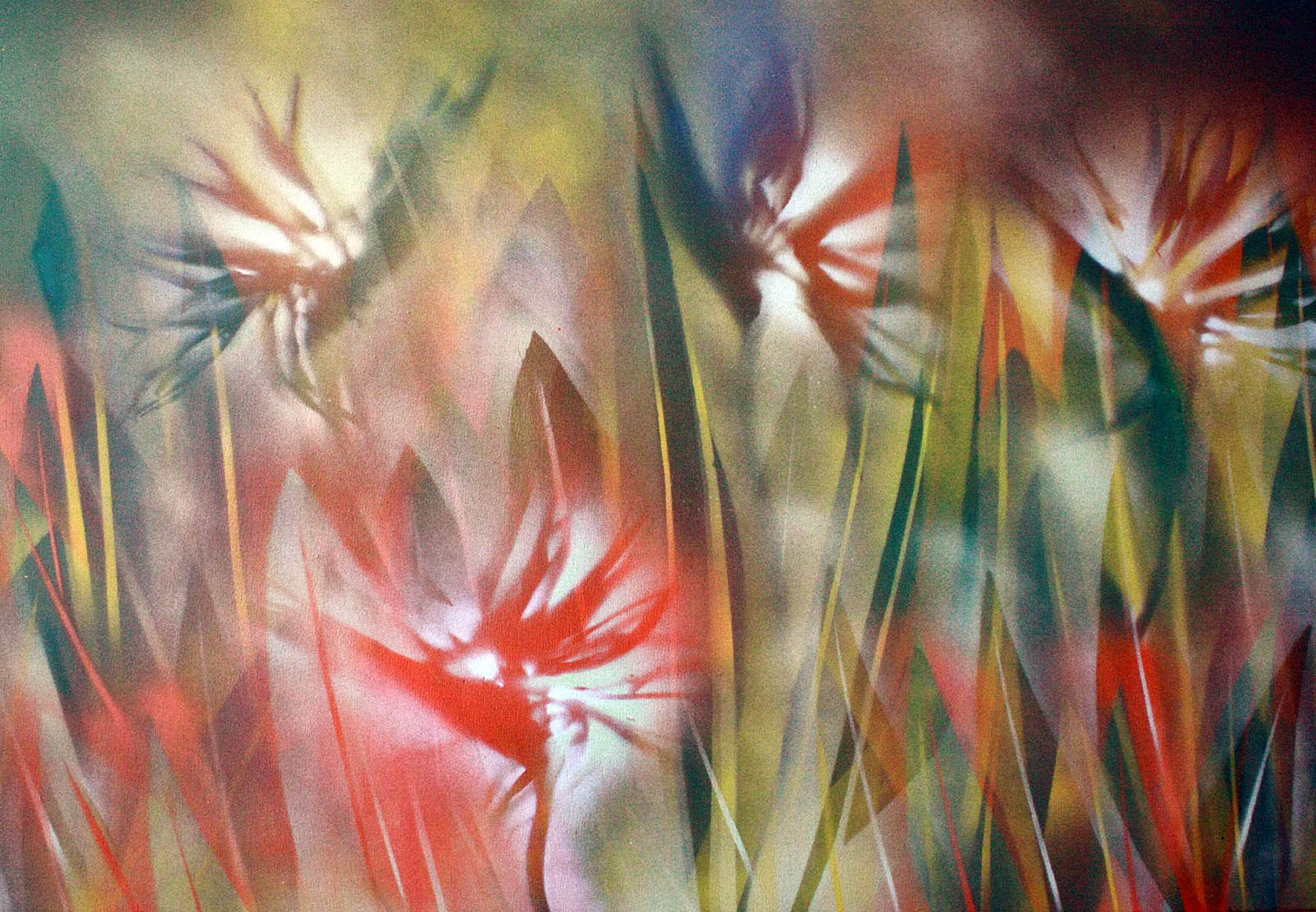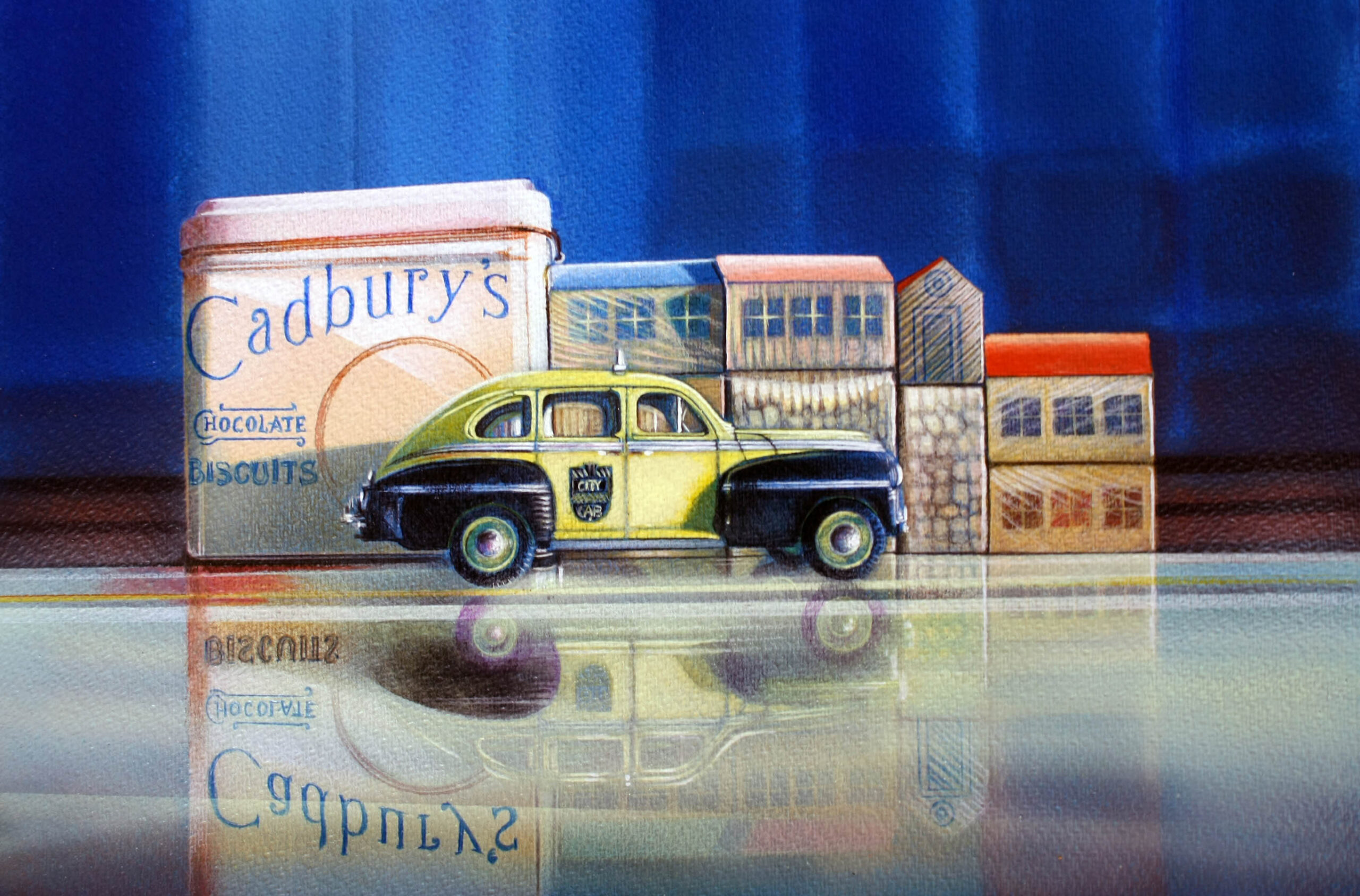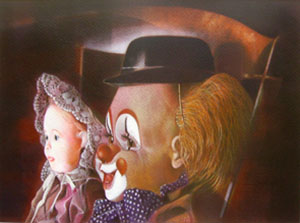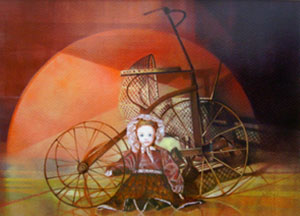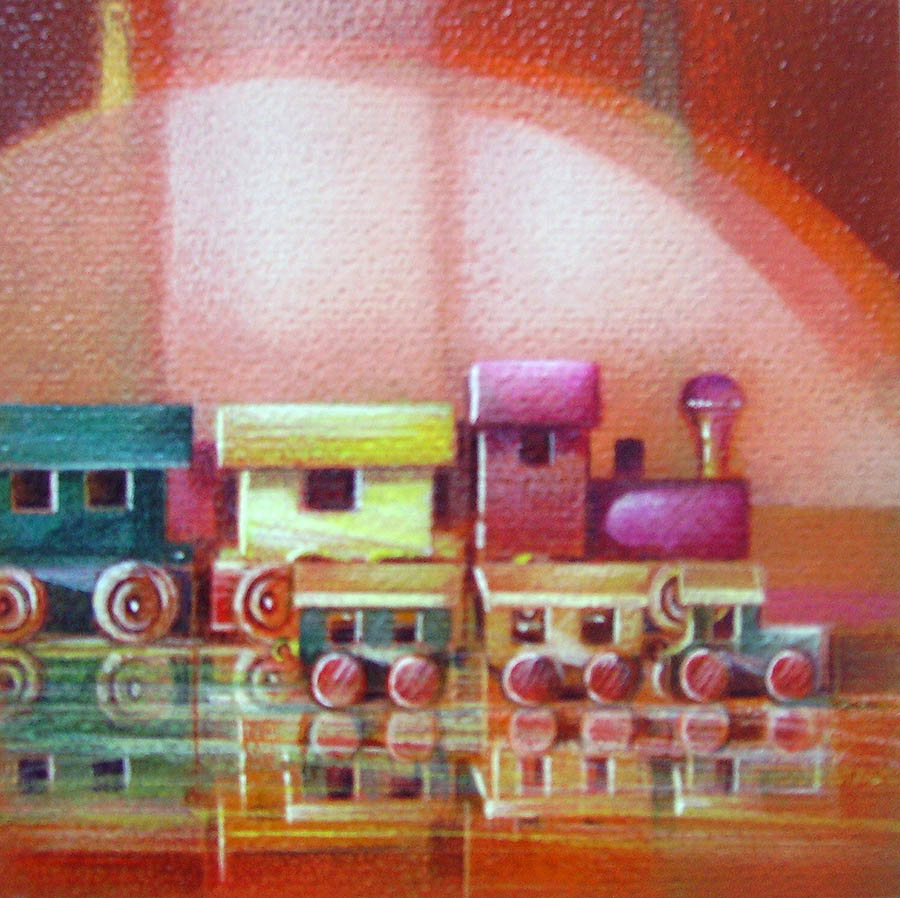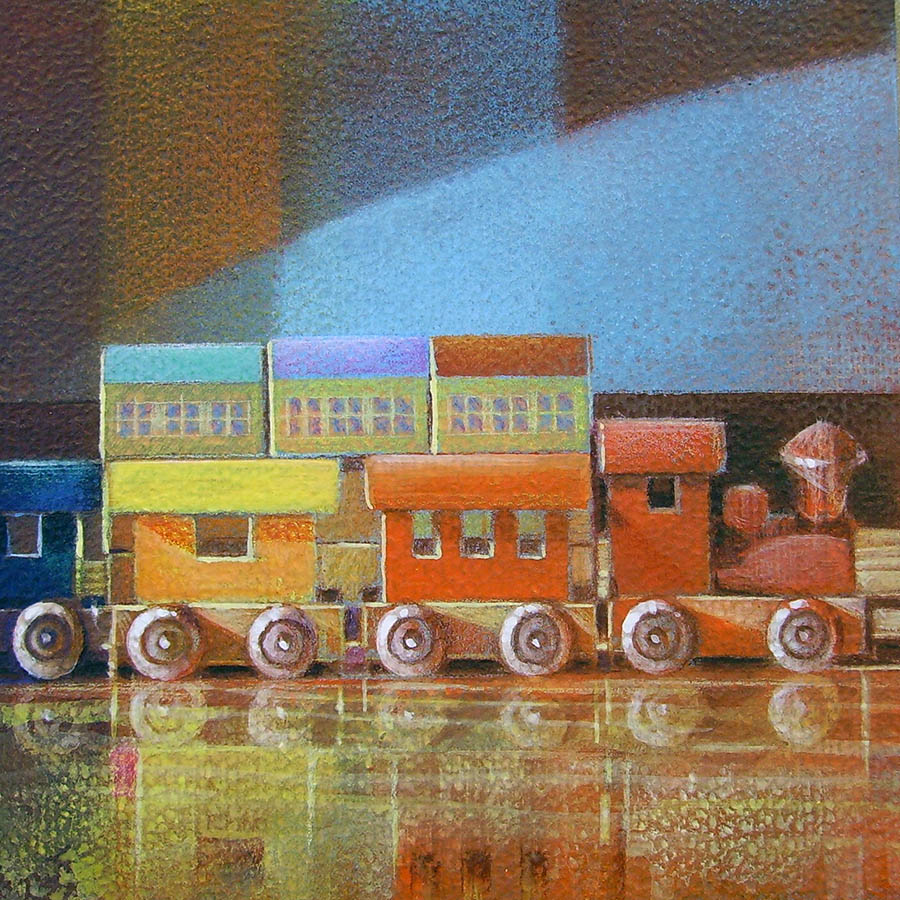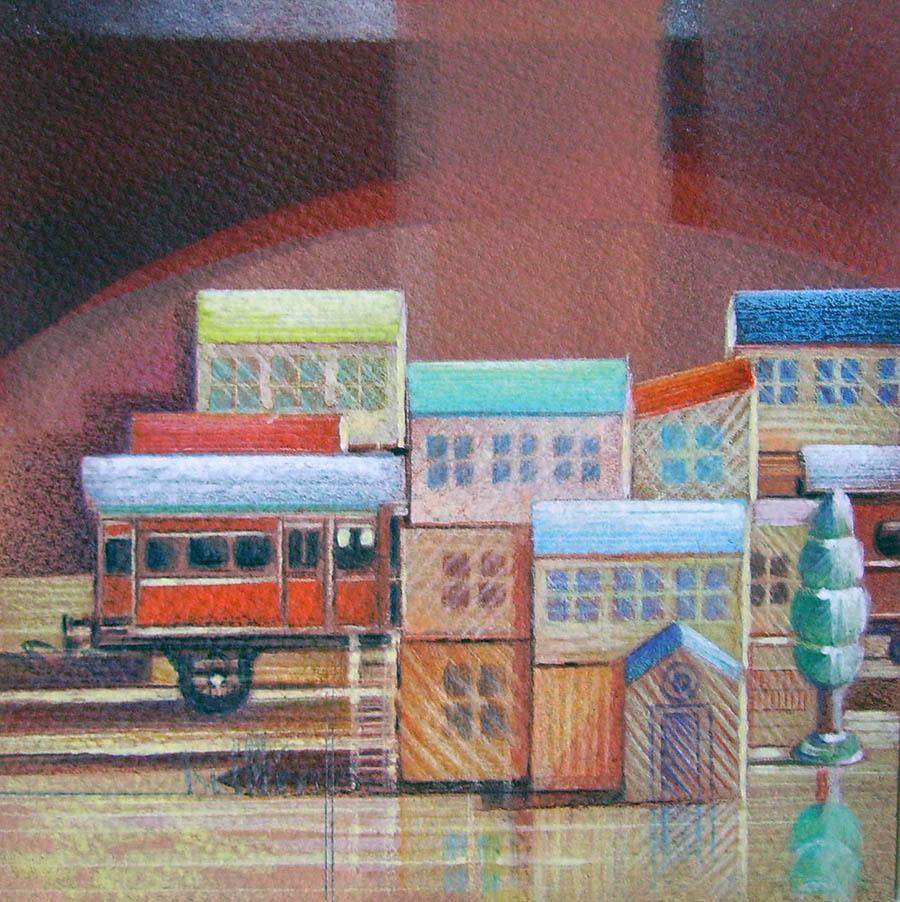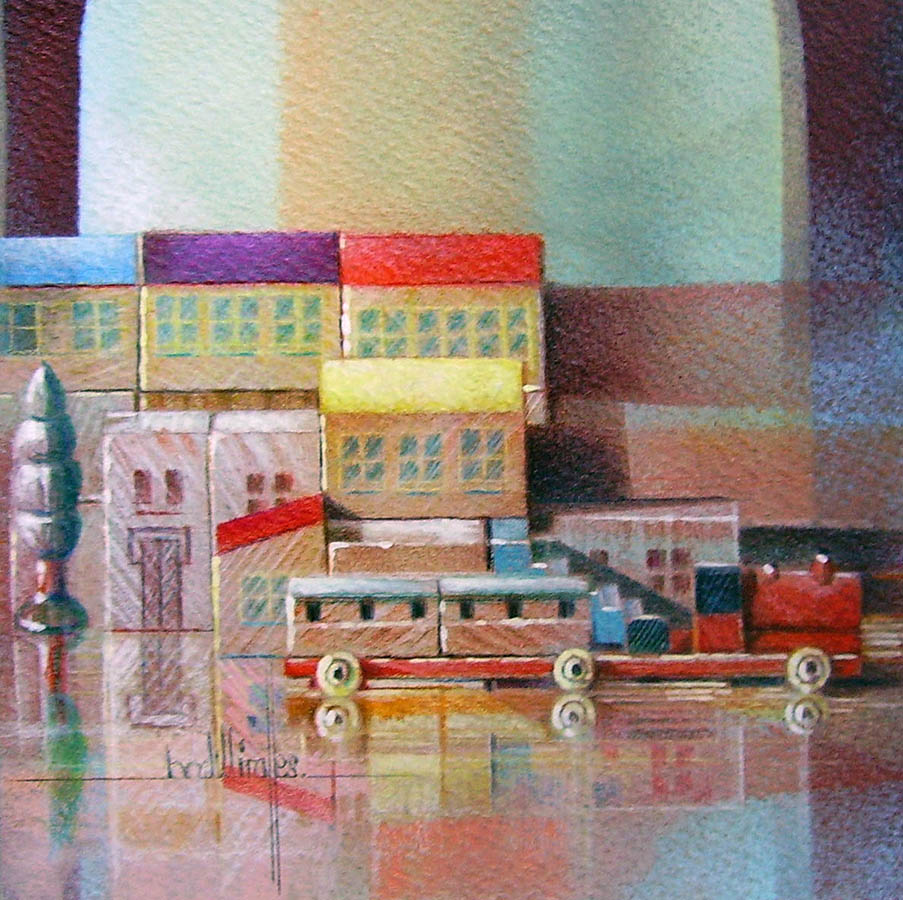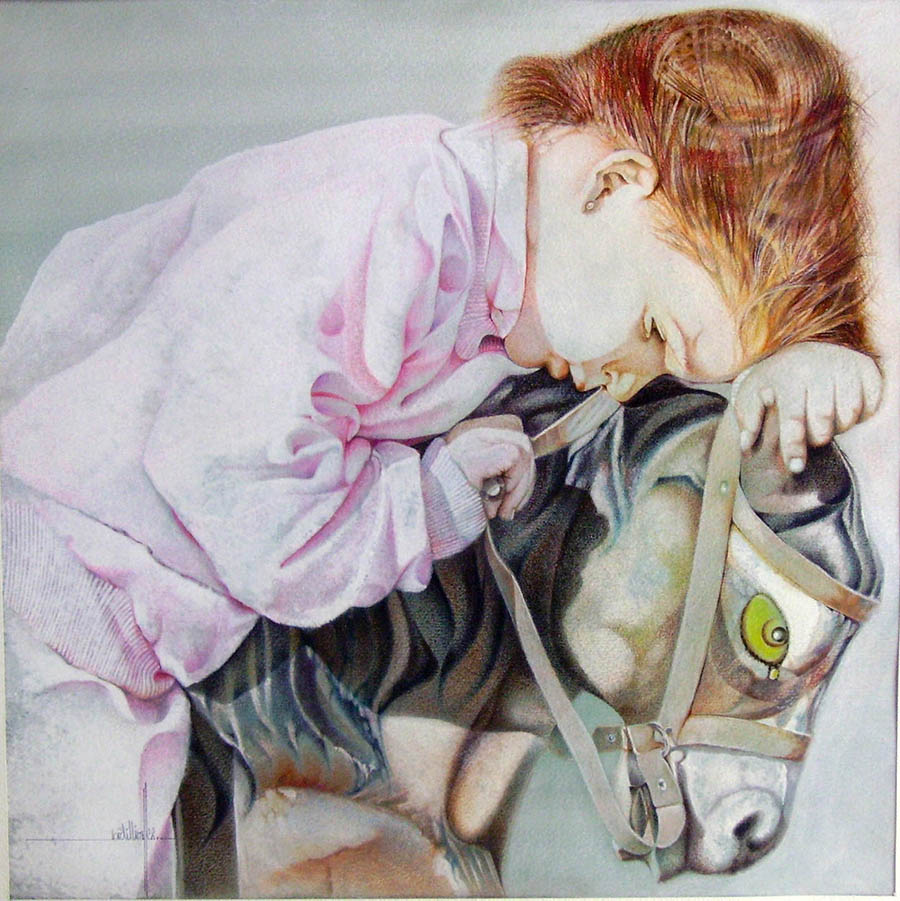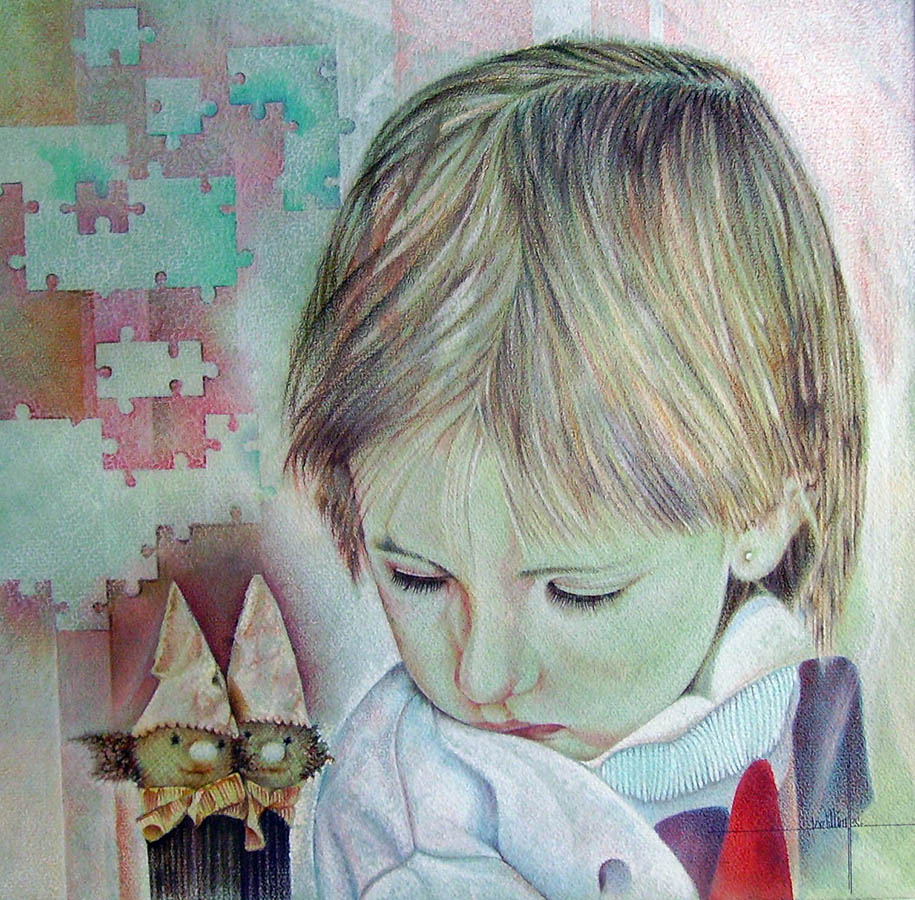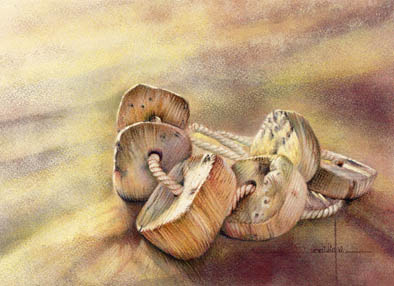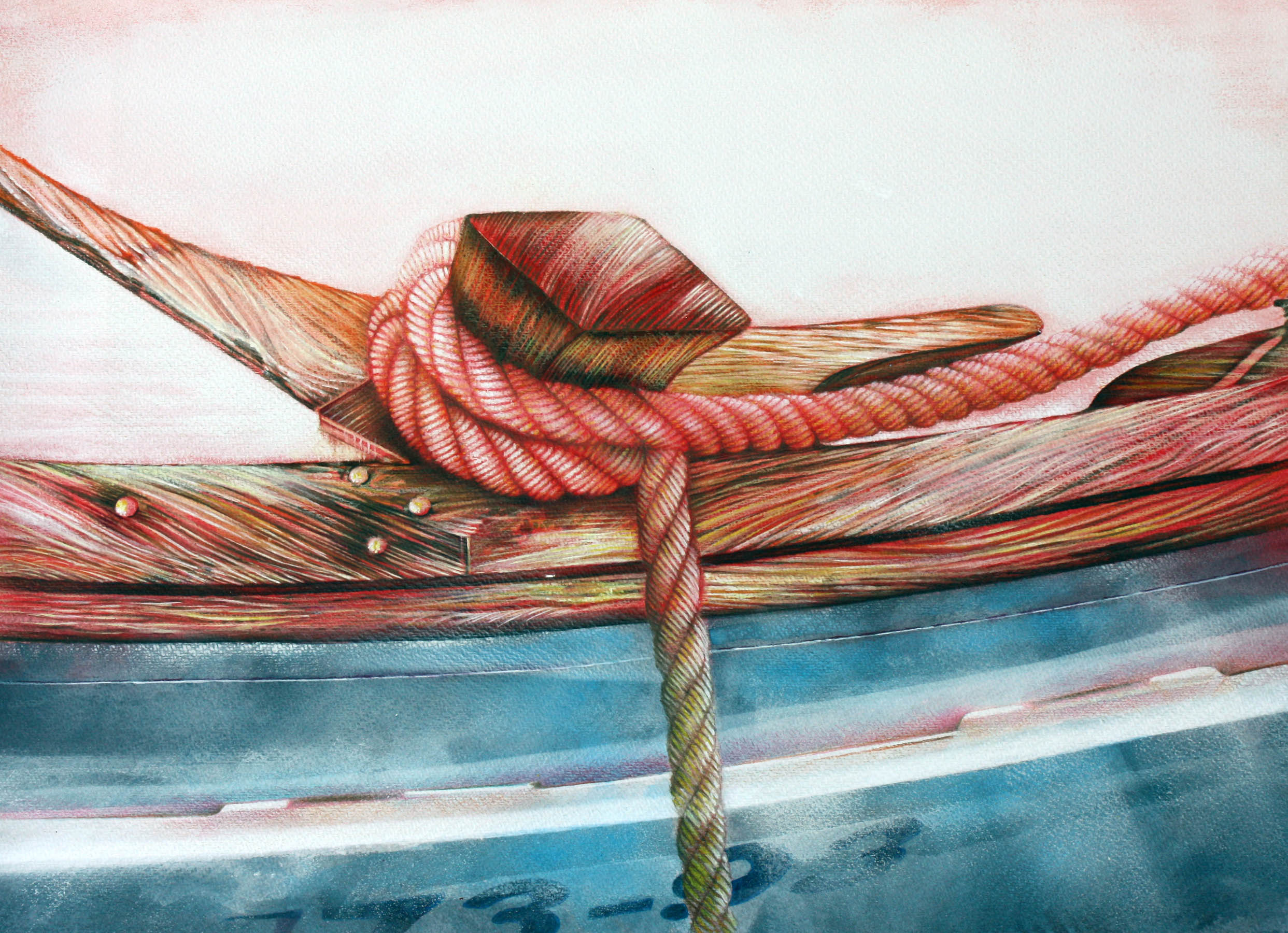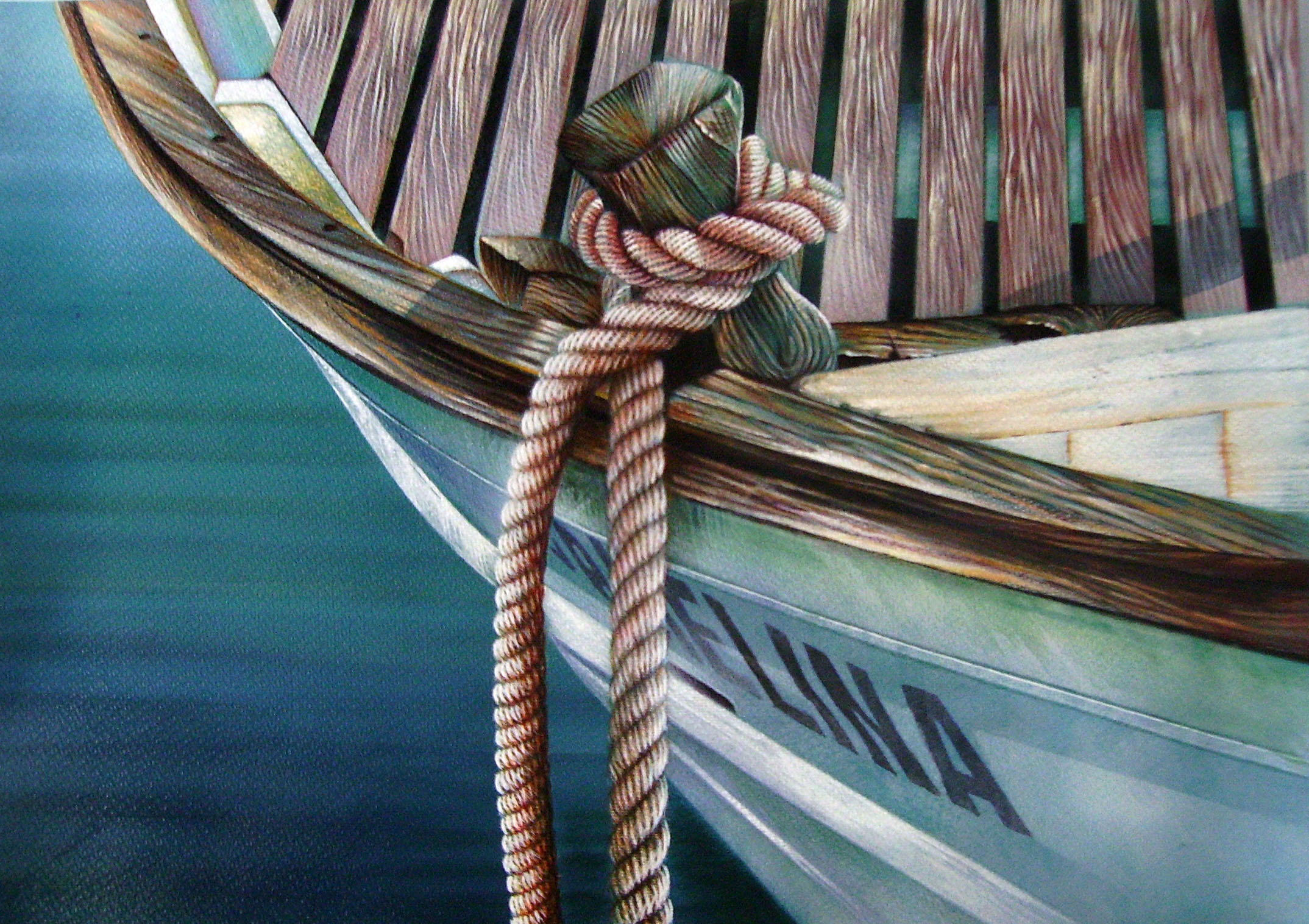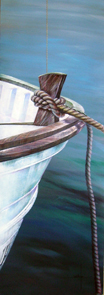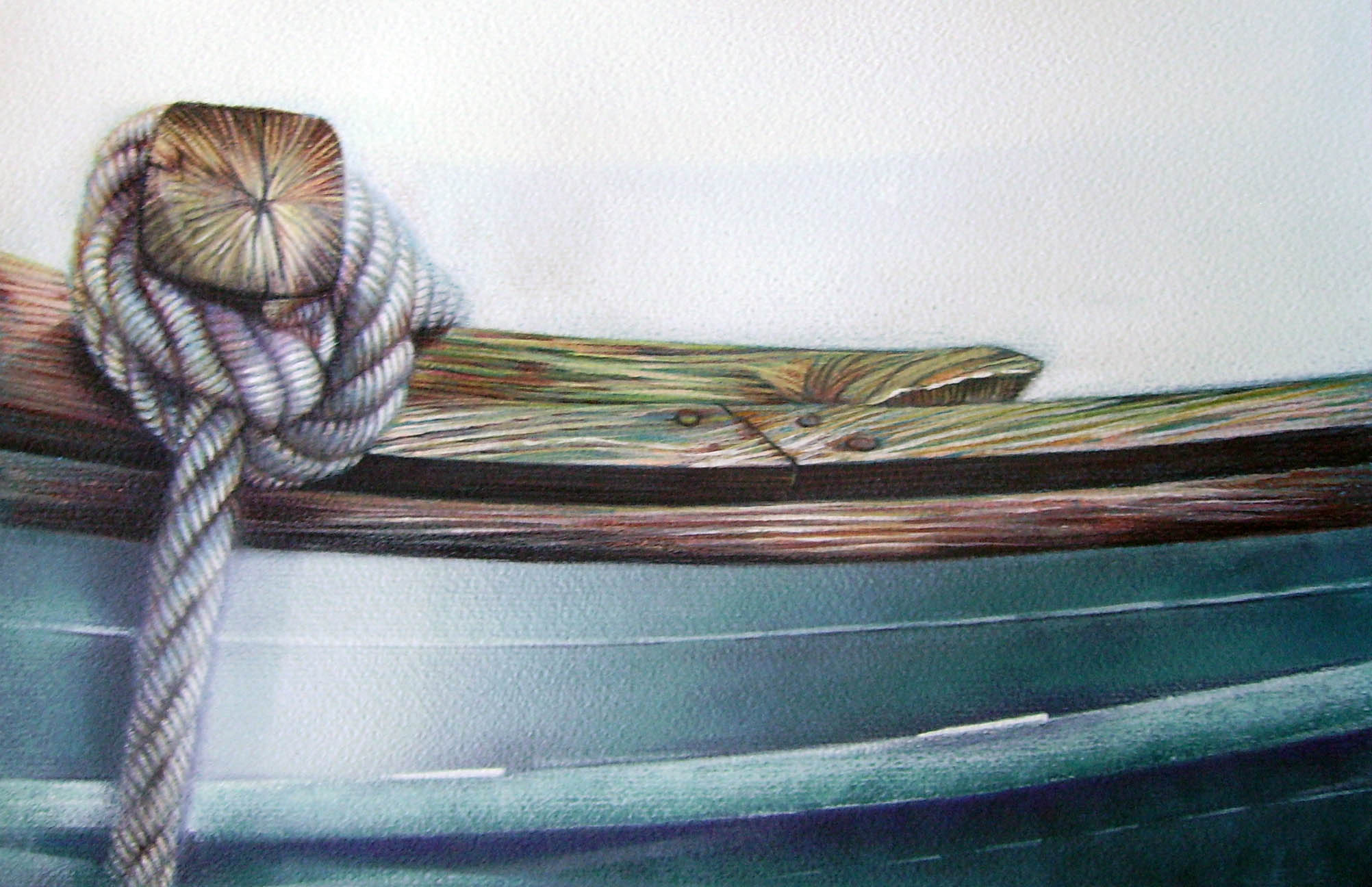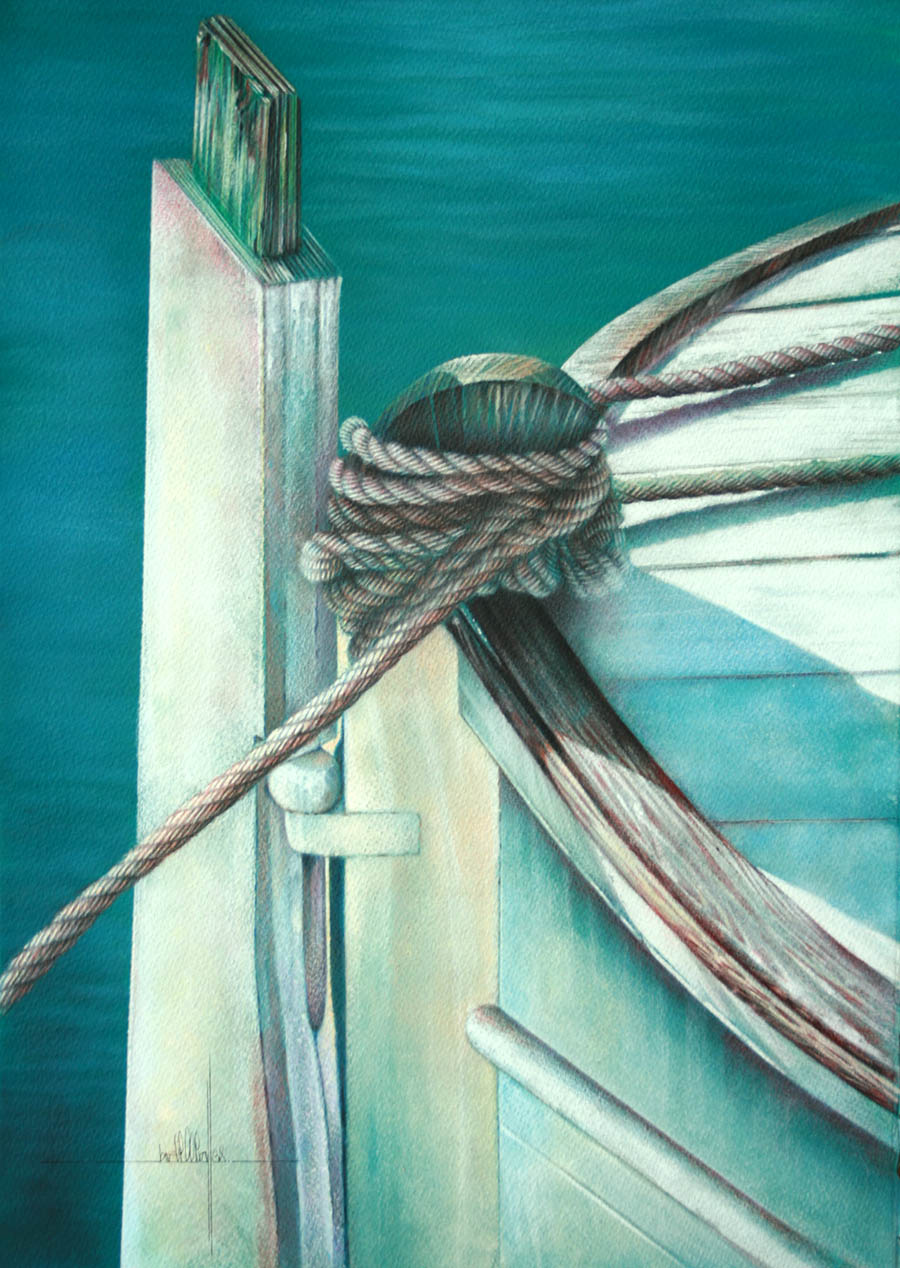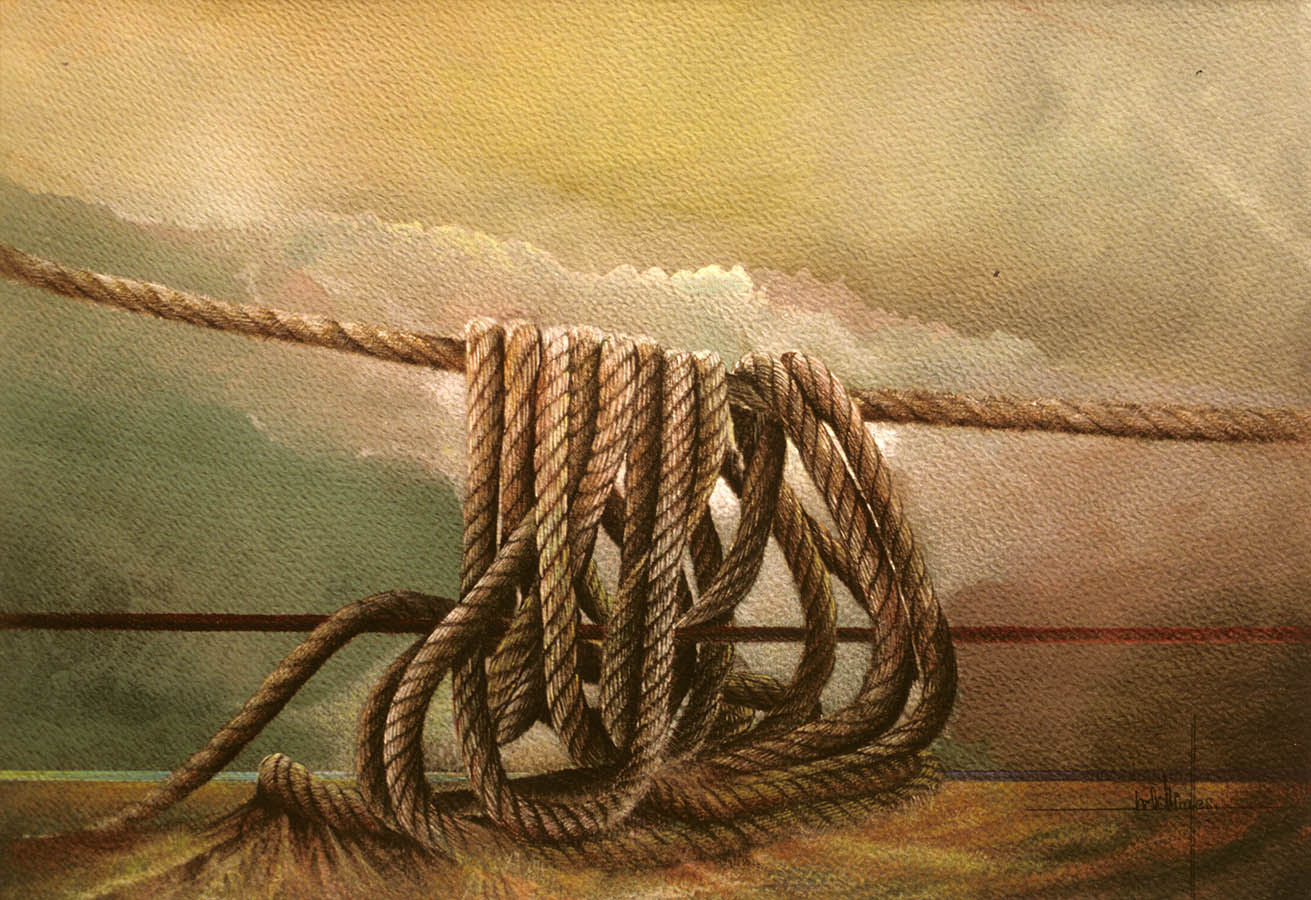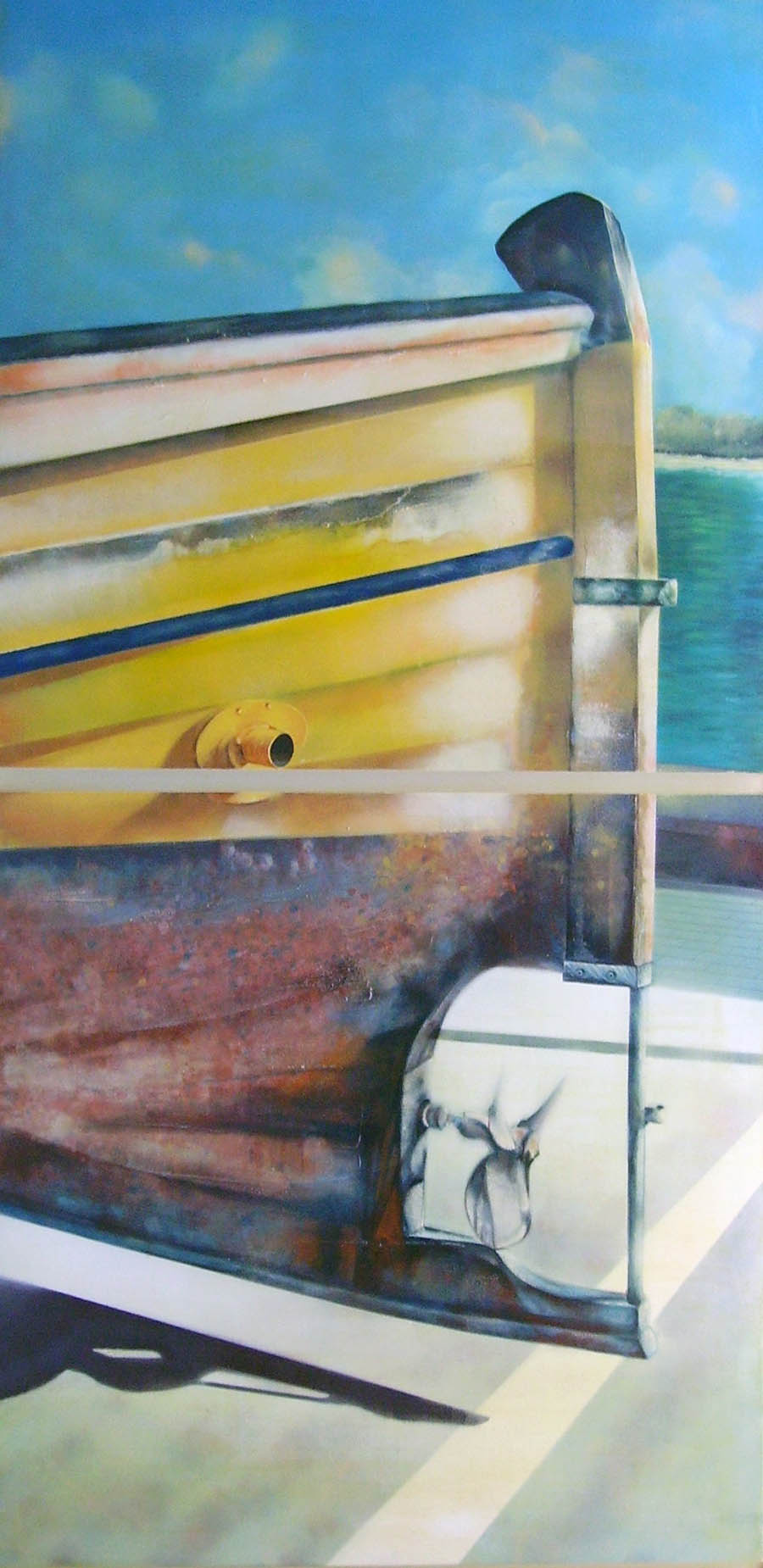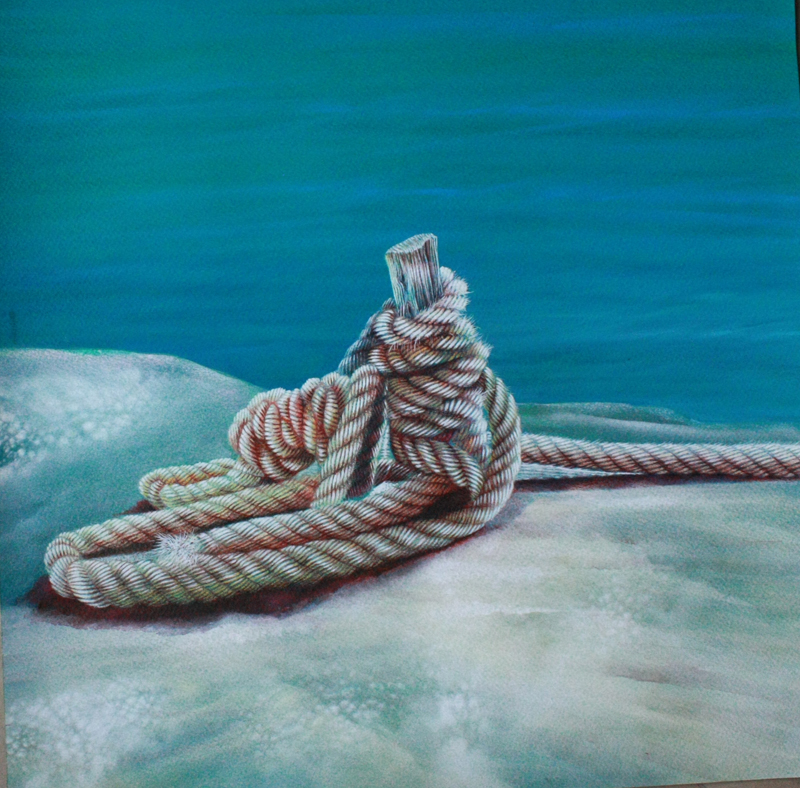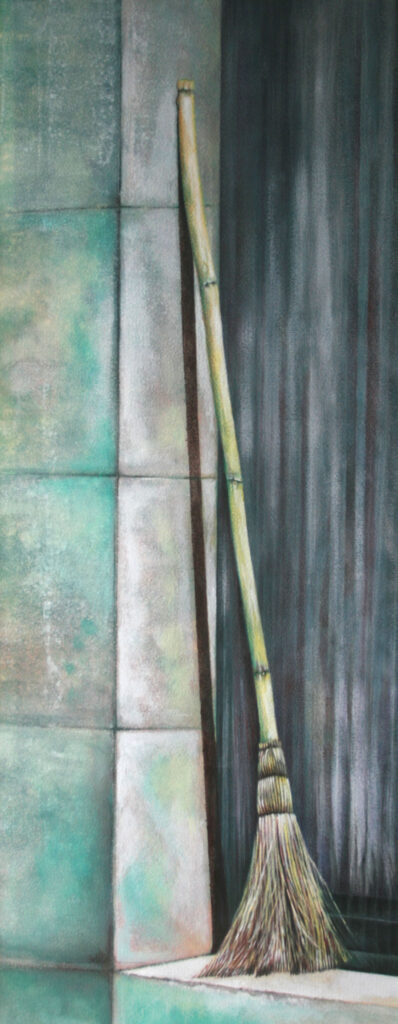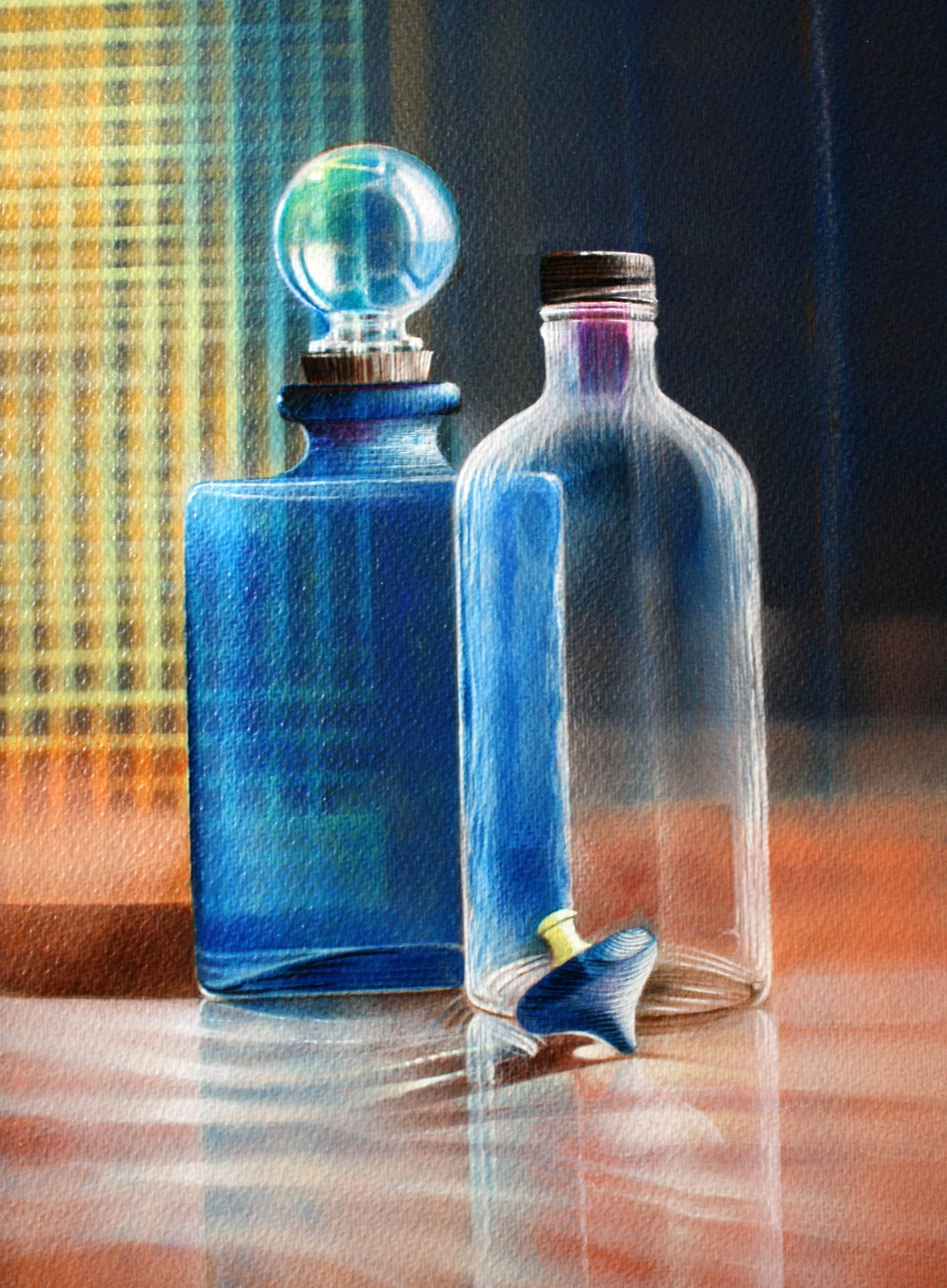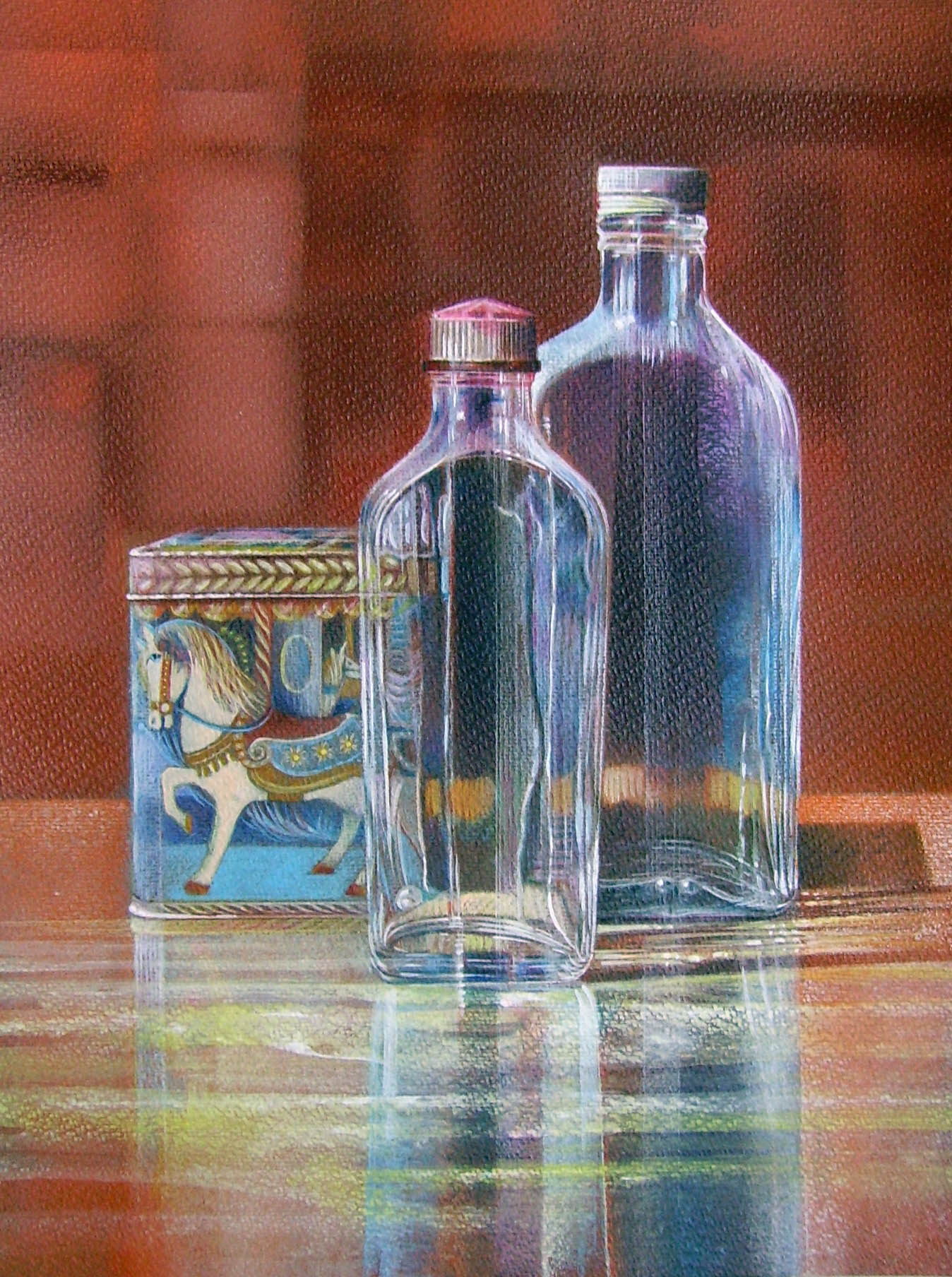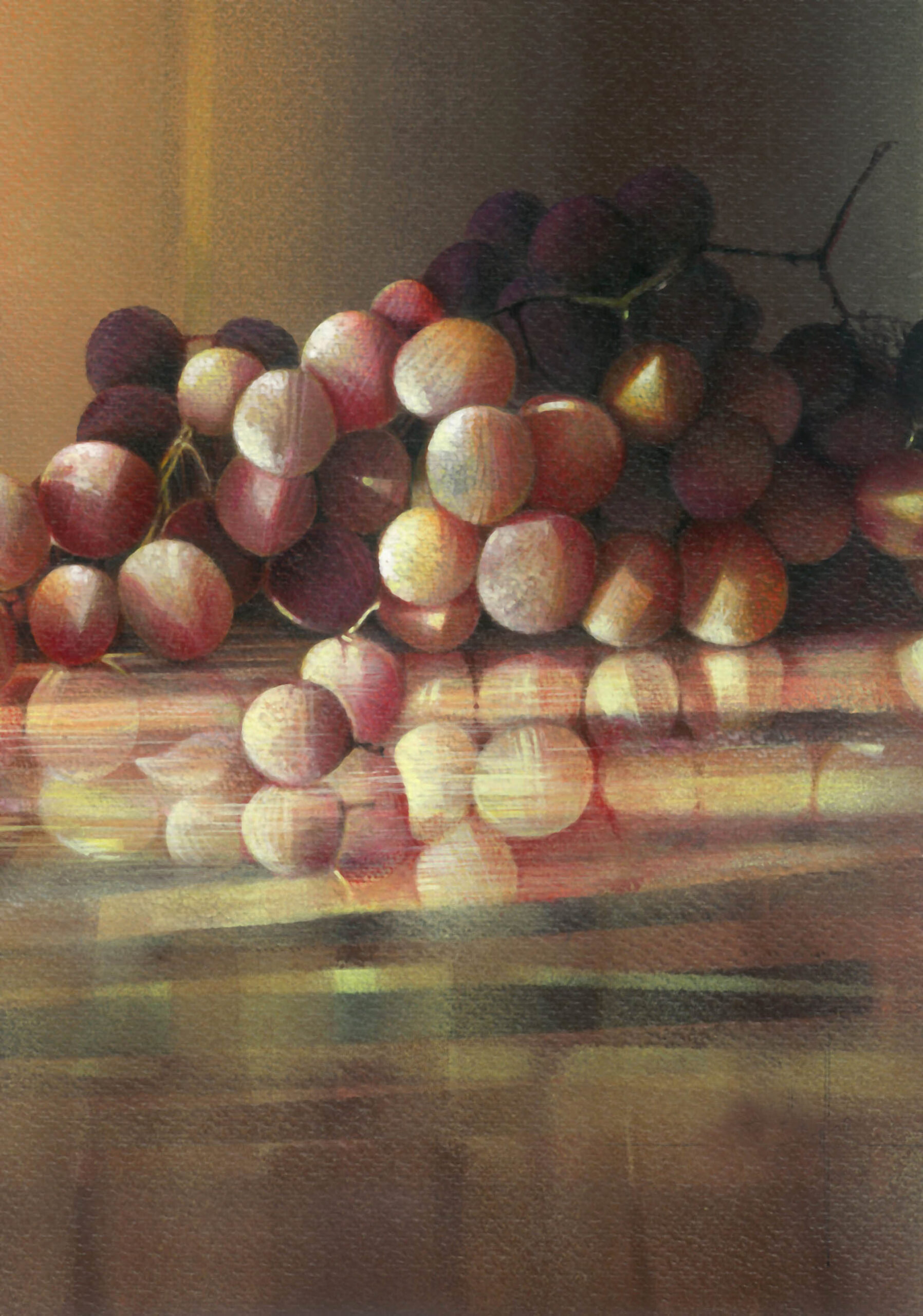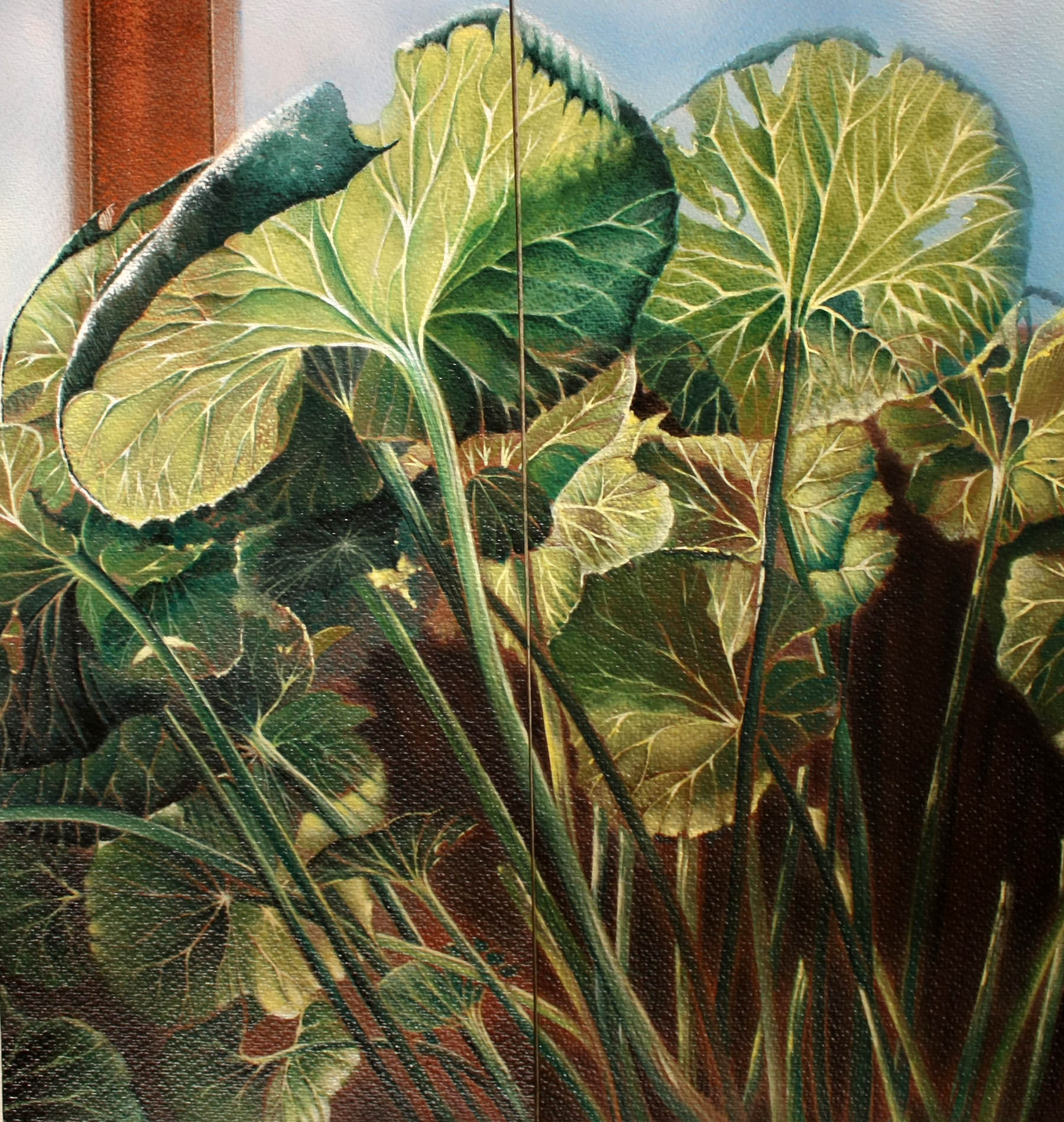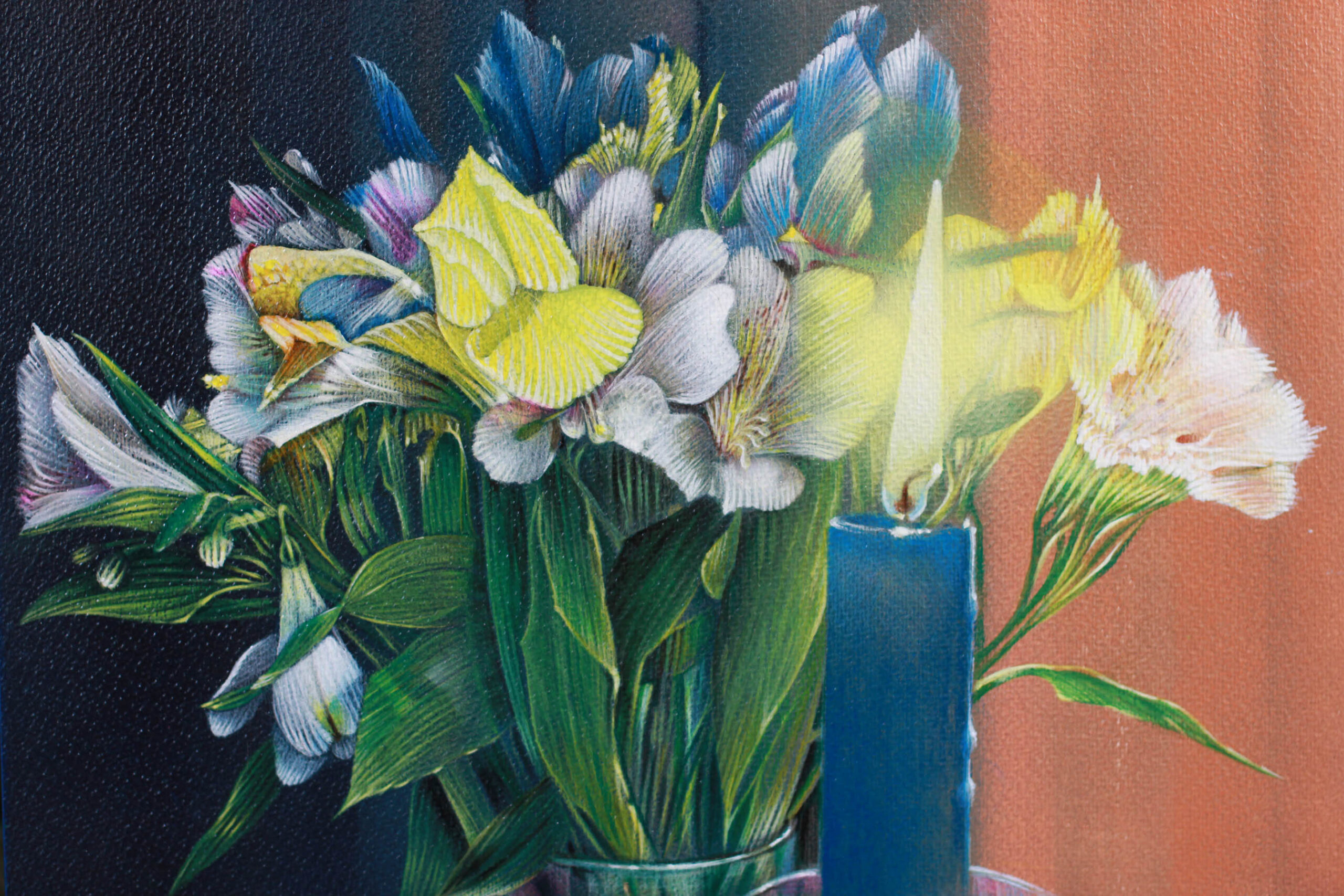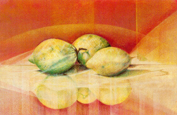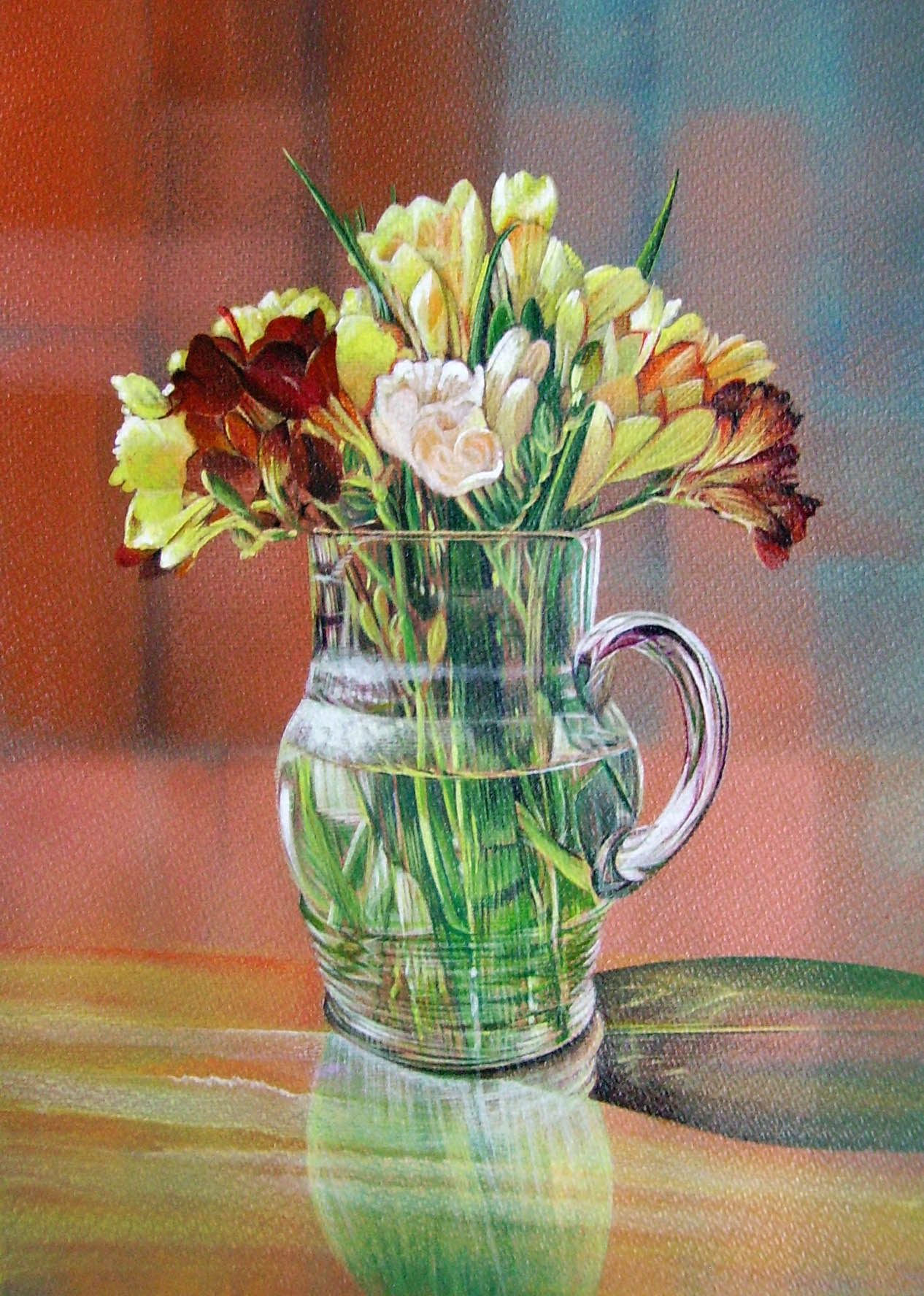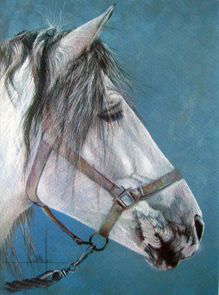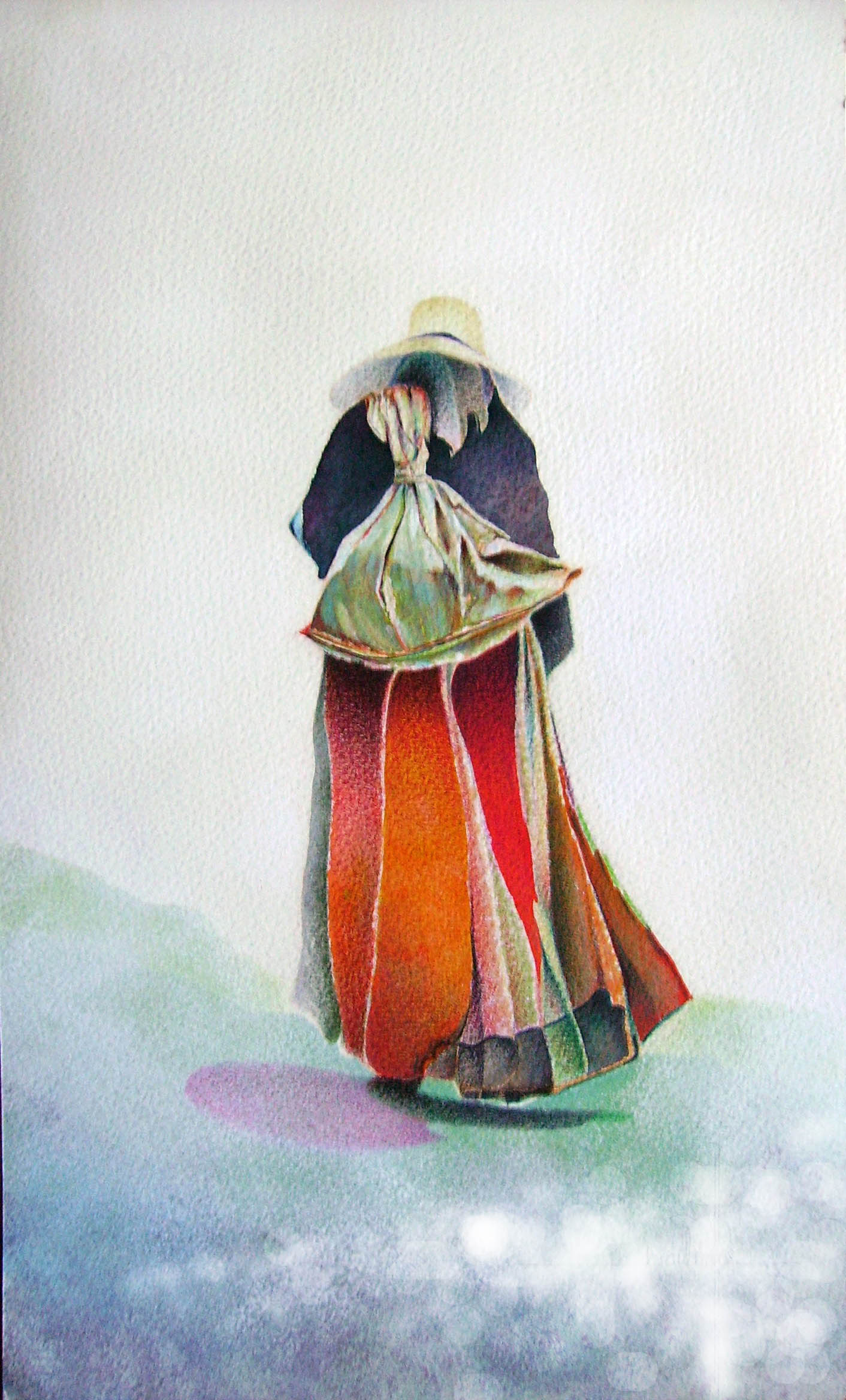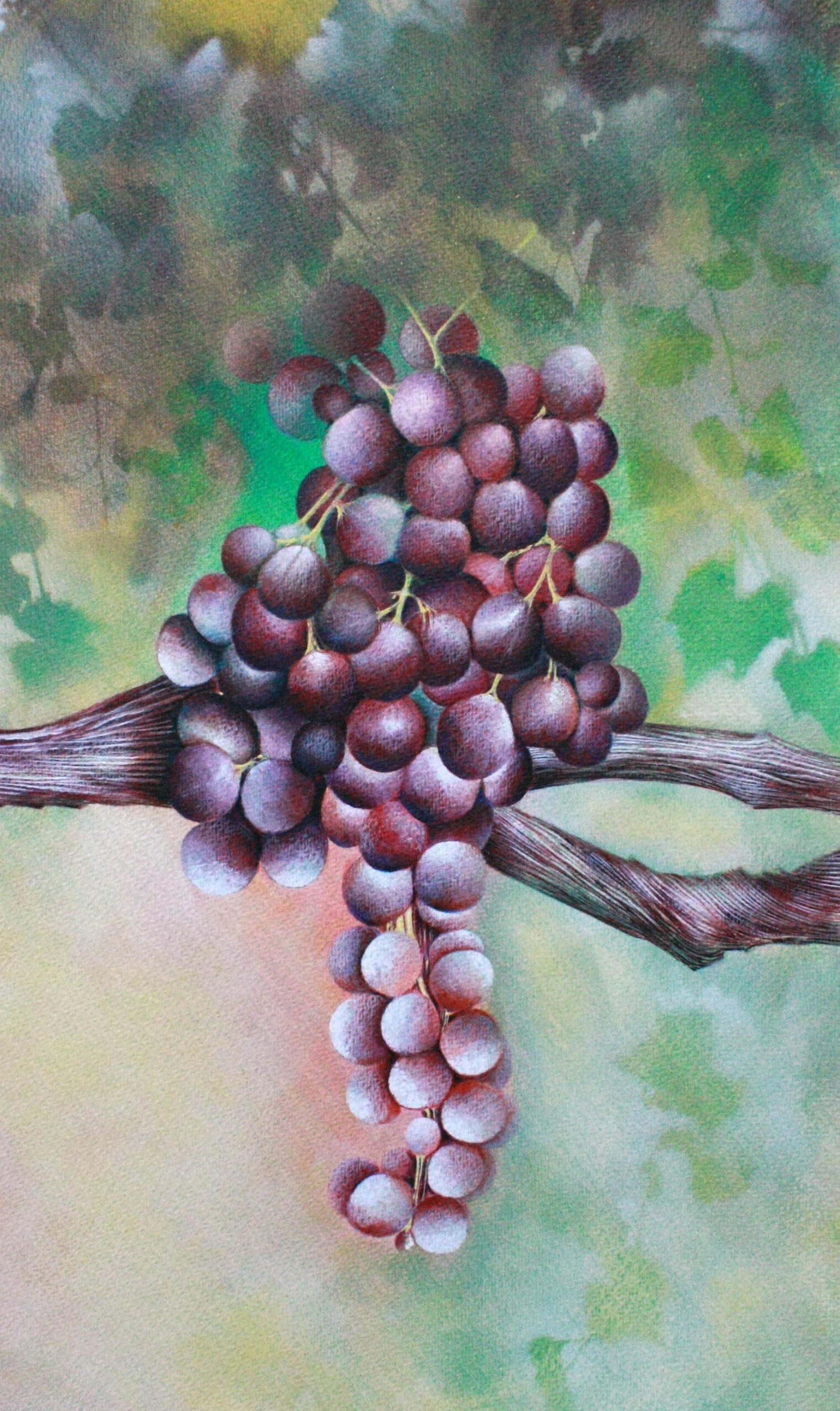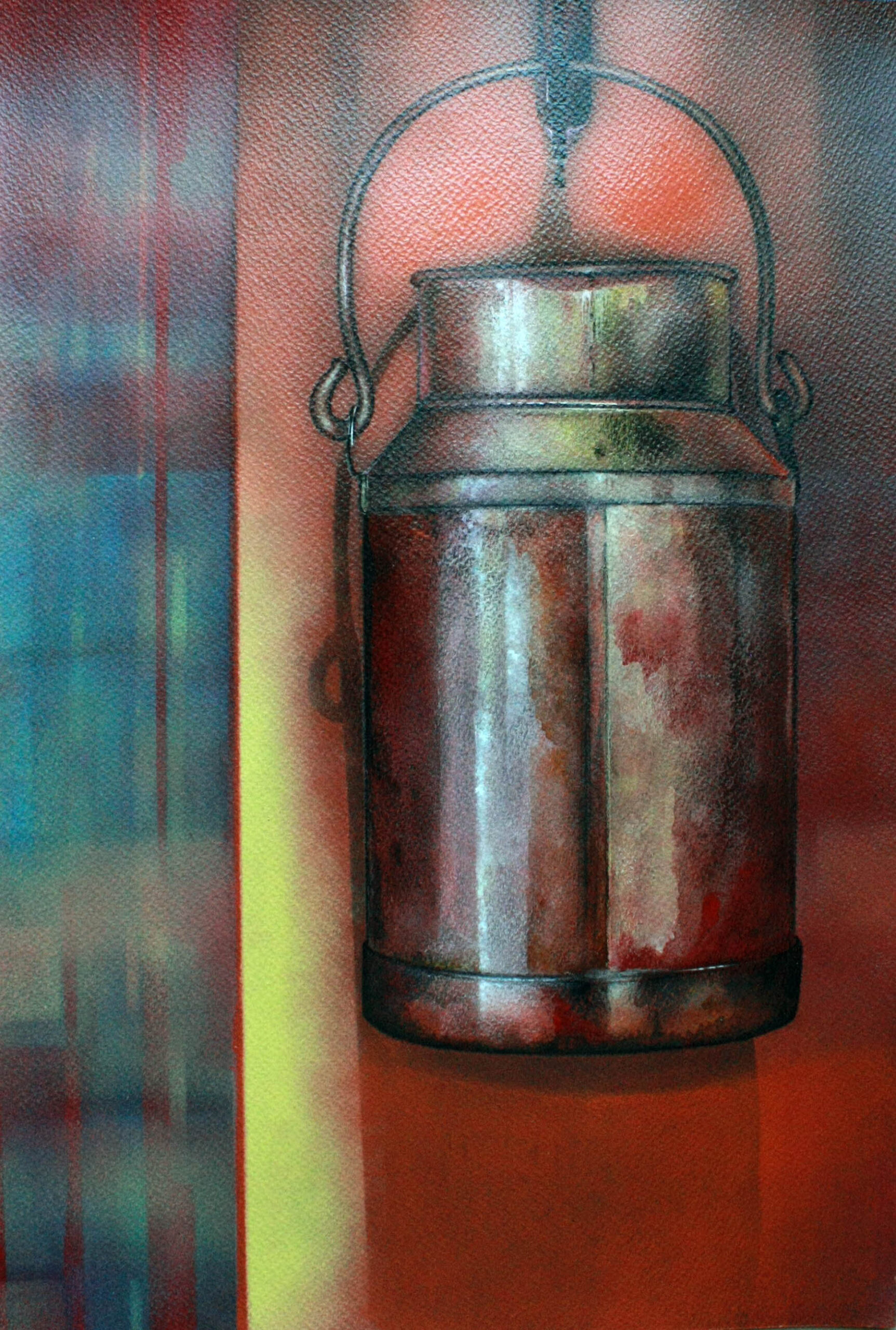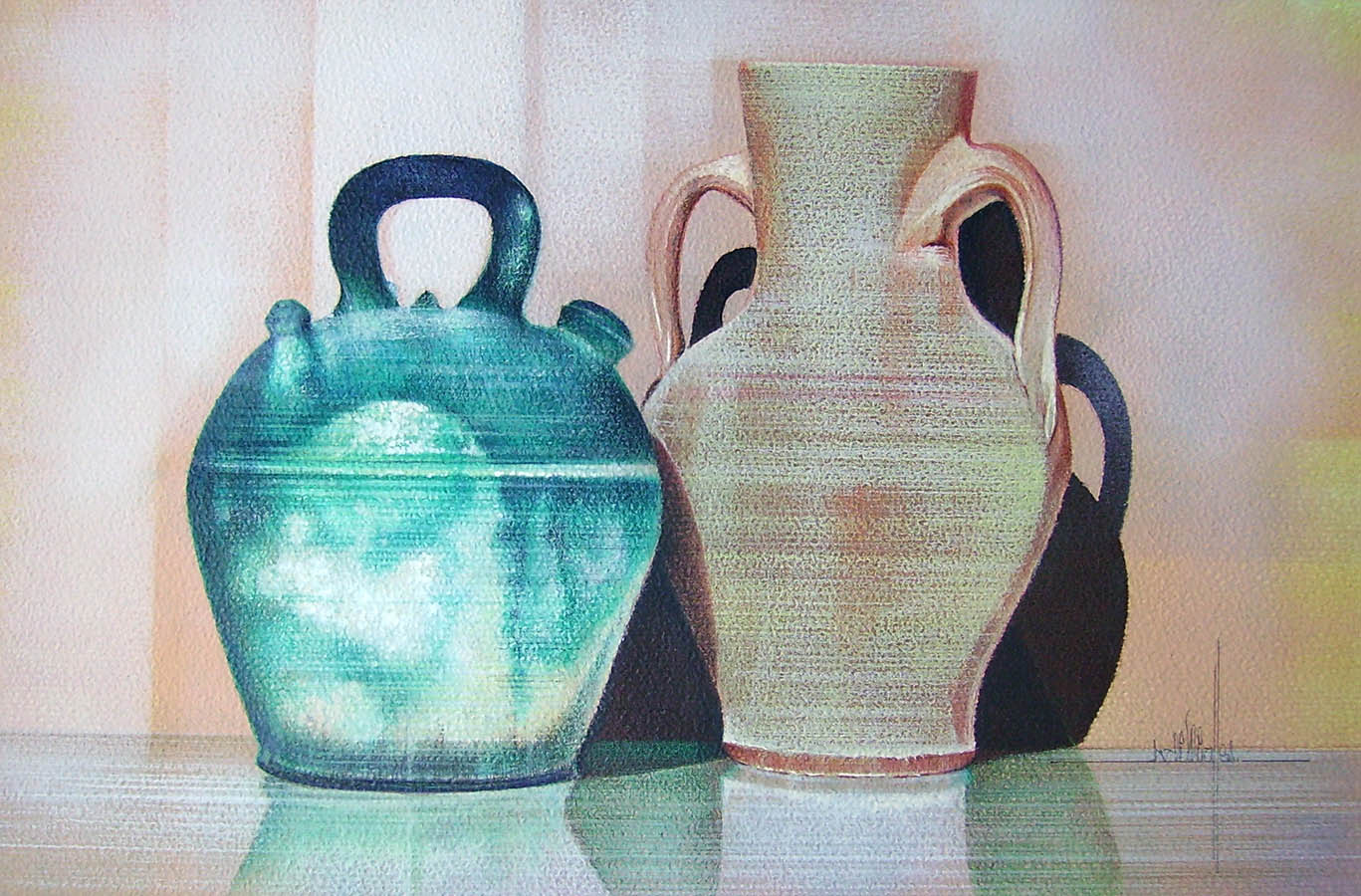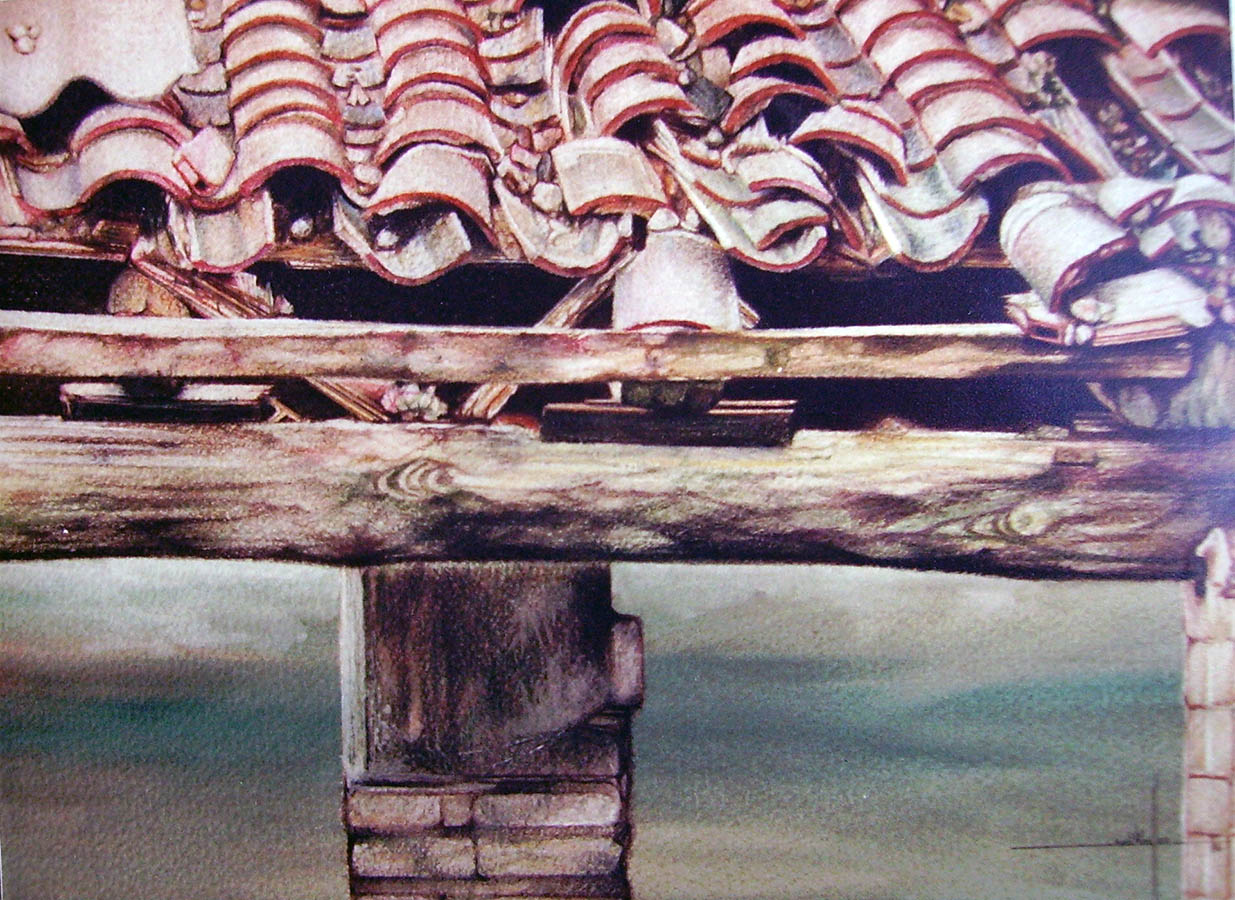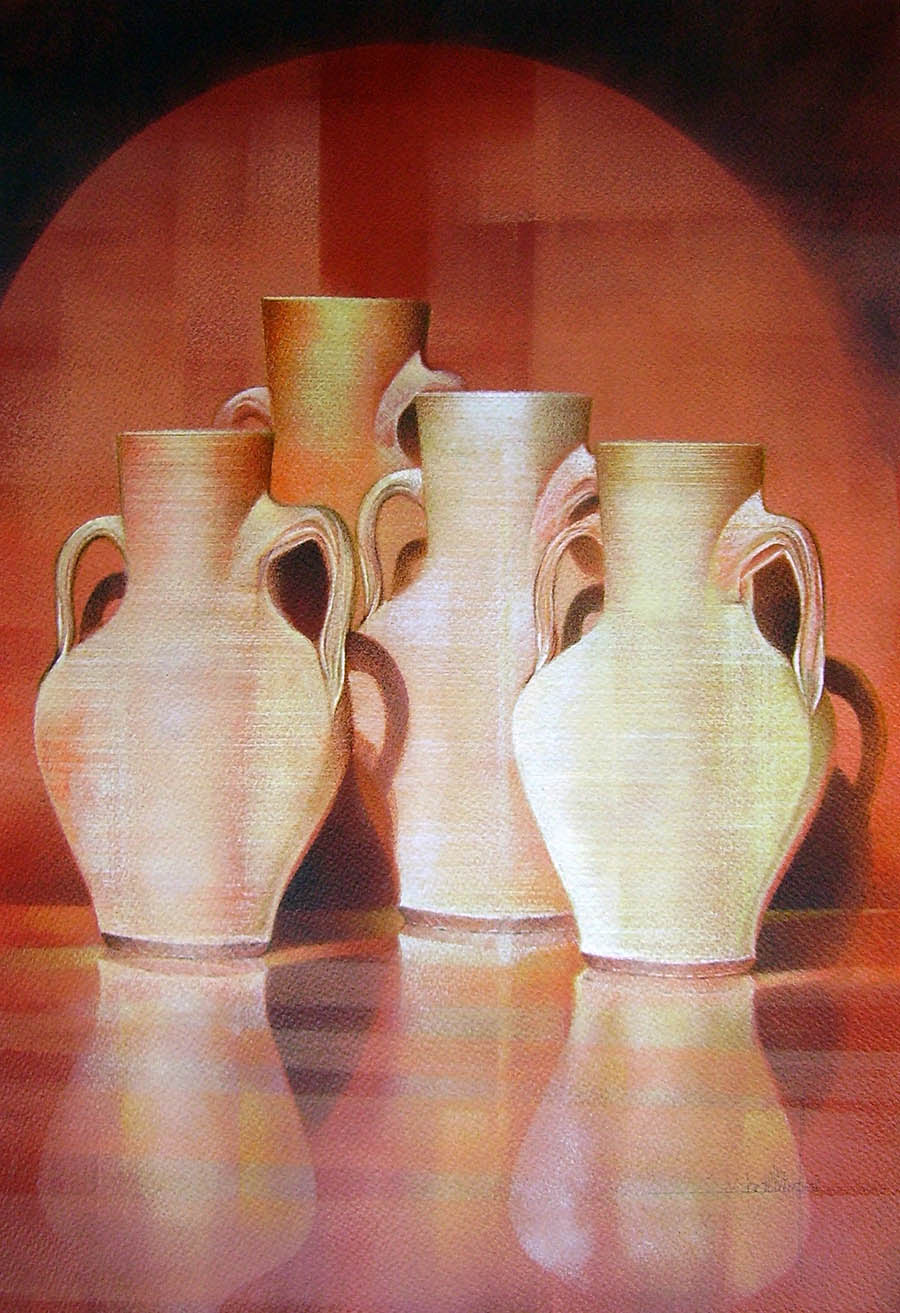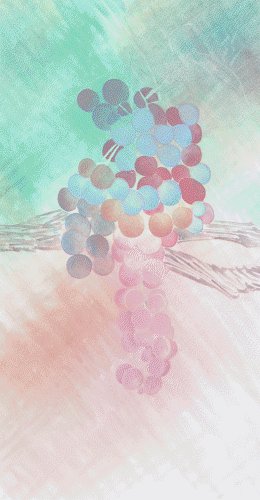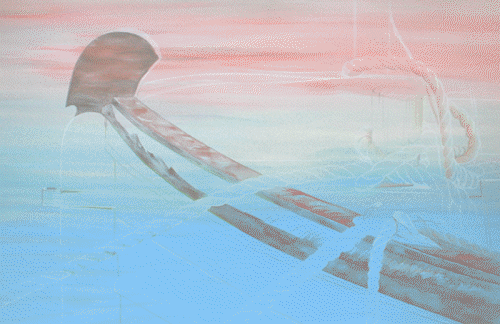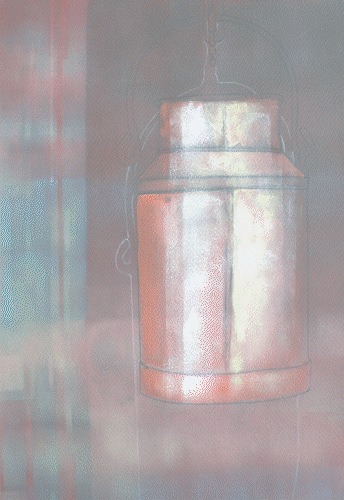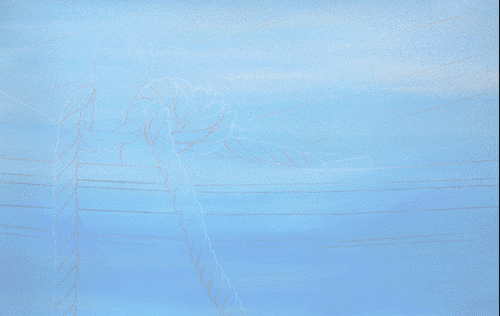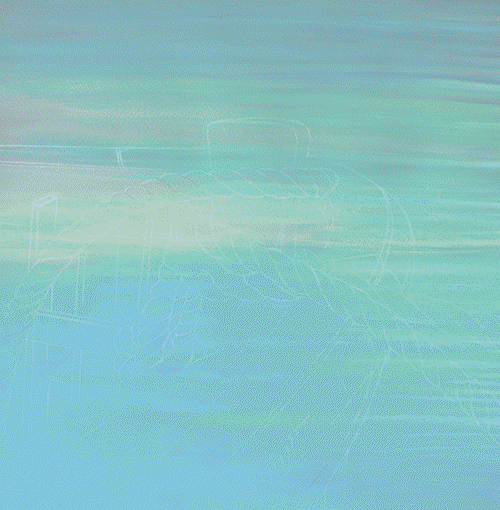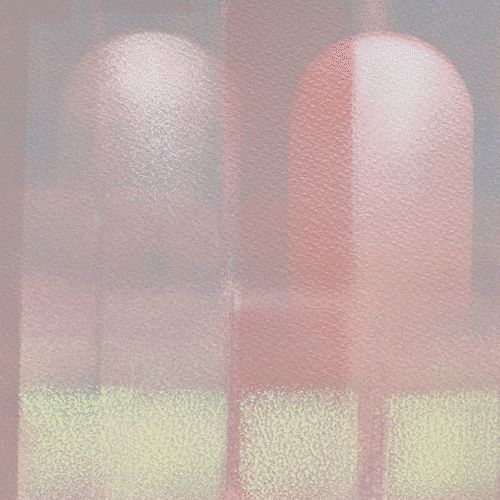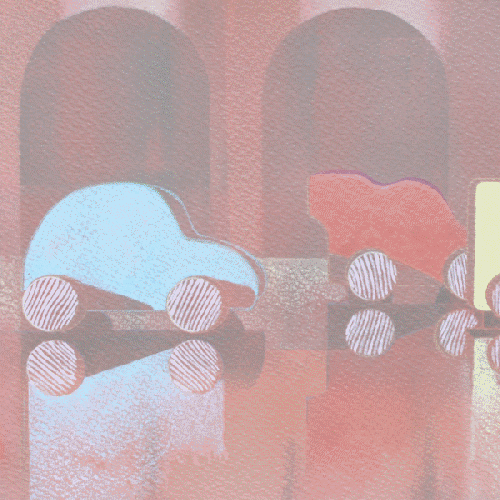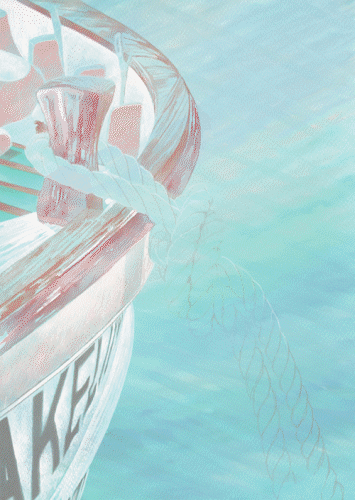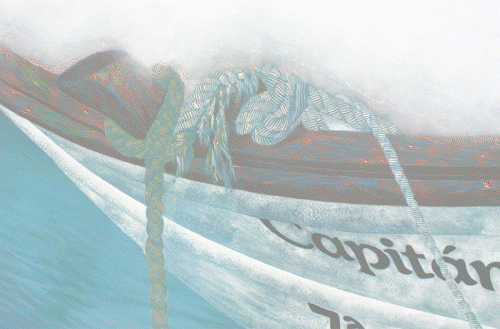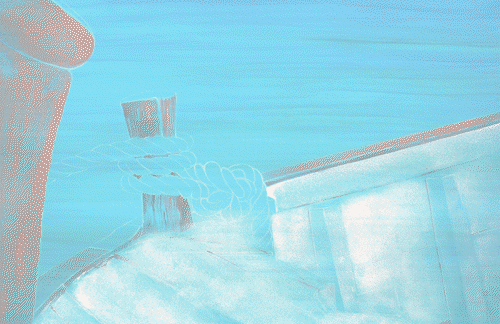Gallery
In this section you can see other works that I have created over the years and that are no longer available in the sales catalogue.
Diffumints
It is the fruit of chance, it is a fusion between a before and an after, between figuratism and colourful expression.
Maintaining the same essences of creativity of my previous work.
Diffumints, is a predominant foreground, which determines the form, and second planes atmospheres of colour, determining with their own light.
Diffumints are elements that can go unnoticed, and elevate them to the category of art.
Jordi Miralles i Hostalot
Toys
The experience of space structured by geometric, volumetric, piled up forms is already found in the most primitive drawing construction of the child who designs imaginary cities. From left to right and from right to left, modules follow one another, from top to bottom the pieces of the game are built up, until the whole space is organised by the unequivocal law of balance and the straight line, always reassuring. Following the creative instinct eager to play, a spontaneous combination of colours emerges from the imagination, transmitting a vitality that does not slacken, evoking introspective images, tonal memory. In the choice, mixing and blending of game elements, there is no outside interference. It is the creation of a tailor-made, interior universe, where memories go beyond paper and sympathise with the stylistic skill of a born creator.
Mireia Miralles Guidonet
Marines LaMardecordes
Seemingly lost in the immense blue sea, the glazes superimposed one on top of the other do nothing more than translate the talent and decision of a measured yet impetuous gesture. As we explore the intimacies of a seabed, stirred, fugitive, alive, it is suddenly impeded by the serene presence of a lute, always framed by a gaze left to the desire of the one who seeks, and finally finds, a corner that allows him to set foot on solid ground. The eye, yours, observes the reflections of an increasingly luminous white, the contrast of an unfathomable background. The eye, flying over the fragment, delves into the most delicate details, almost possessed by a hypnotic activity aimed at extracting the hidden reliefs from the grain of the wood. The eye, seized by an eagerness to remain still, is tied to a rope that outlines a downward path, at best held and clung to in port. In the vicinity he wants to describe portions of submerged reality, because he knows that if he does not fix this patch of sea, the passage of time will take the boat away.
Mireia Miralles Guidonet
Natures
From a central position, he observes the everyday life that is closest to him, in a balanced relationship of equals. In an act of humility, he interrogates the palpable reality; the object, in turn, responds meekly. Then begins the paradigmatic game of a traditional practice such as the mimesis of nature, in which both of them undress with their gaze. The broom, the basin, the grape, or the milk churns, are given over to the dexterity of a hand that models with dedication and perseverance, the forms of an immediate reality. Likewise, the line reveals the sensitivity of a personality rich in nuances, in which the will to merge with the object, a centred, detailed figure, prevails. In this exercise of identity confirmation, the object breathes a solitude that makes it the protagonist of its own unique presence in a space in which no fractures or dilemmas intervene.
The form retains its full, subjective, personal dimension and yet is isolated from an illusory, more pictorial, desert-like background.
Mireia Miralles Guidonet
L’ESCOMBRA
In this painting entitled “l’Escombra”, Jordi Miralles’ subject matter takes the form of a singular object characterised by its smallness and everyday nature.
It is in this way that these uninhibited objects, which go unnoticed by most of us, often become a source of inspiration for great contemporary creators.
This is how Neruda, in his Odes Elementales; Miguel Hernandez; or even our own Joan Brossa, in his object-poems, turn the visual image into poetry of apparently trivial life.
In these cases, the artist’s eye knows how to elevate the beauty that emanates from small things to the category of a work of art.
Jordi Miralles rediscovers in this broom the intensity of the form of what is unnoticed and elemental at the same time. And it vindicates the elegance and forcefulness of the lines and colours of this familiar object, full of connotations, which appears alone, immobile and abandoned in a corner, leaning against the cold tones of a dead or sleeping wall.
Maria Alba Pozo Ribas
(Professor and Literature teacher in Manresa)
